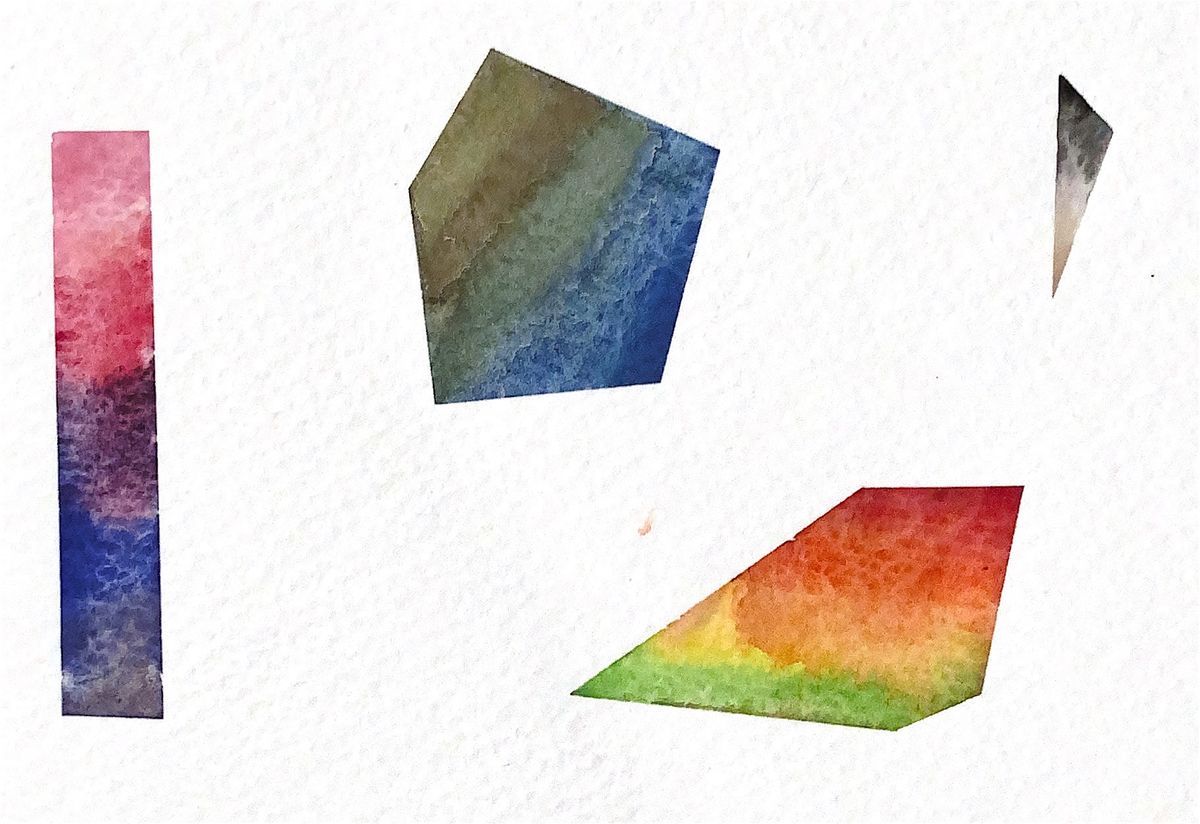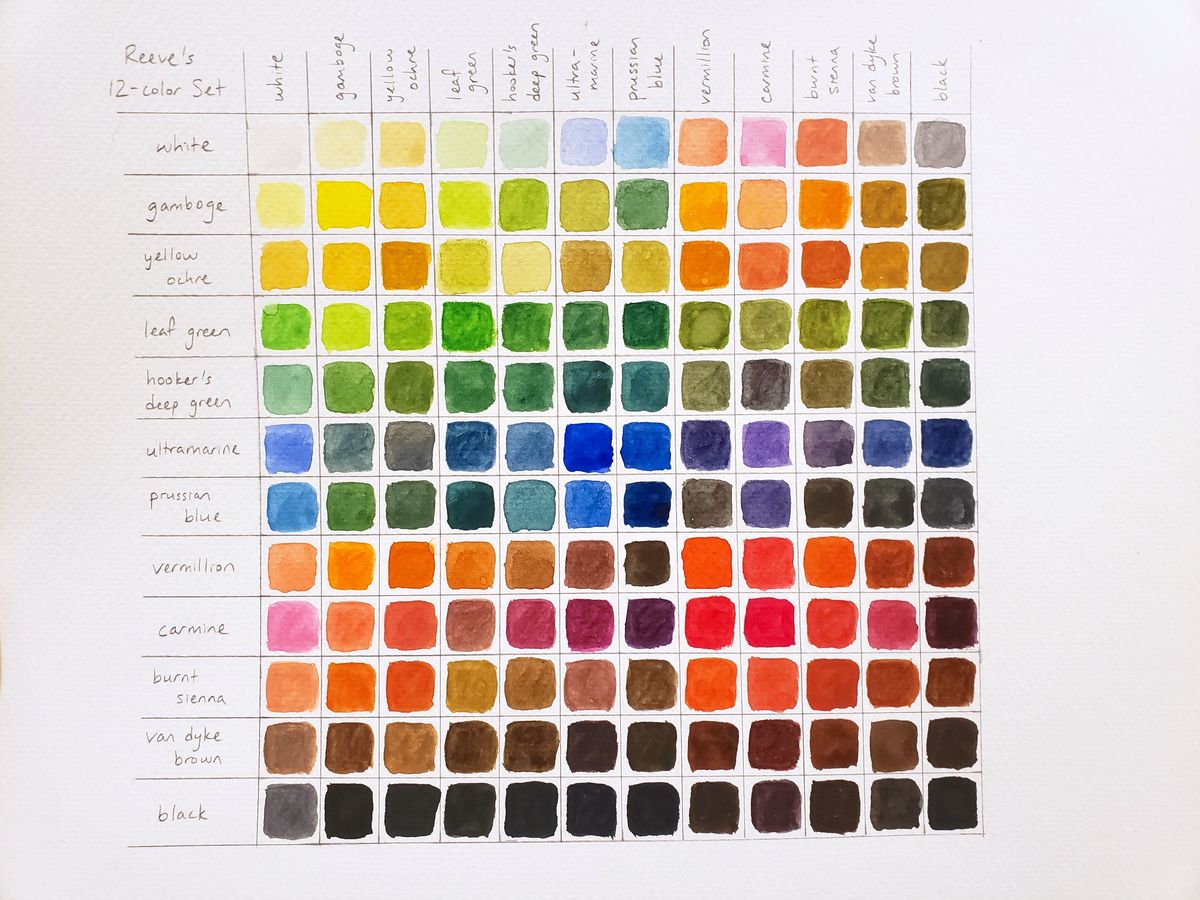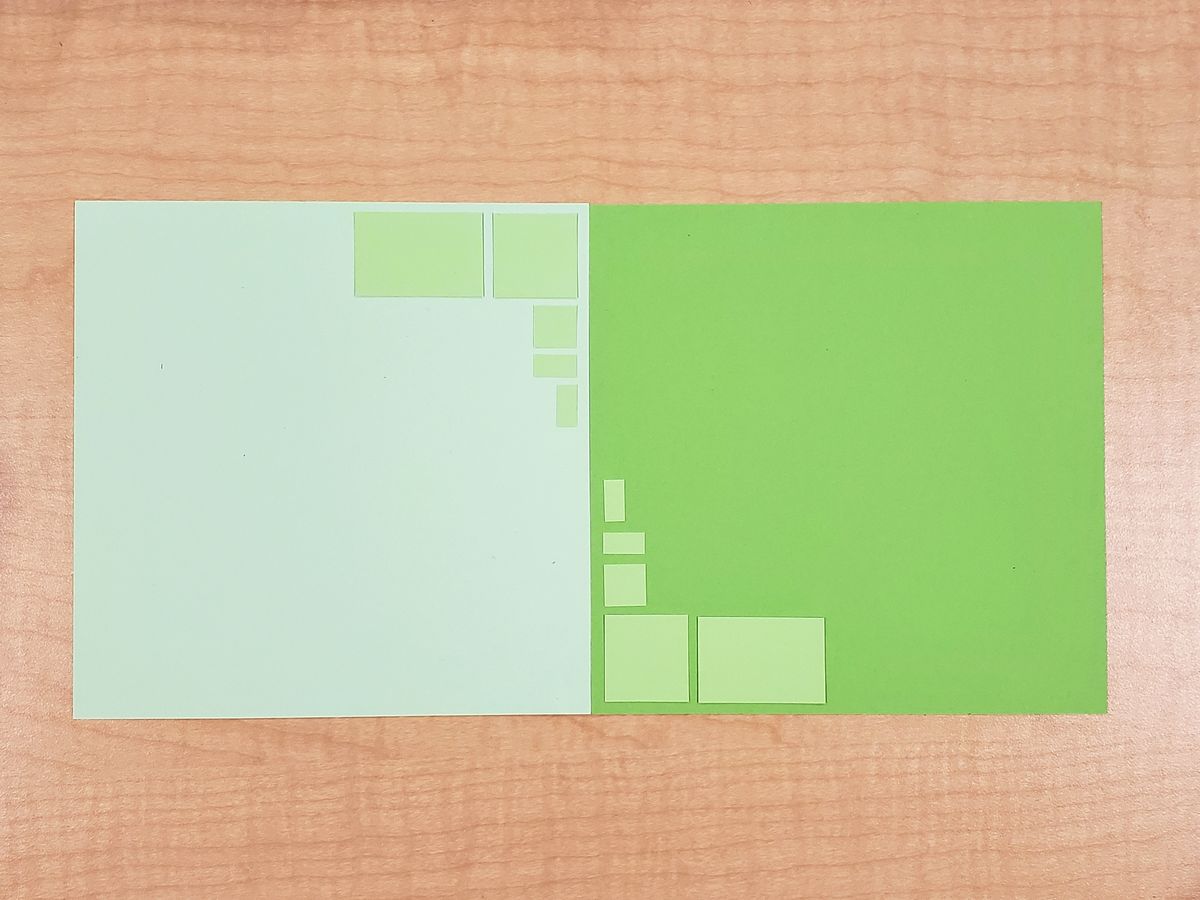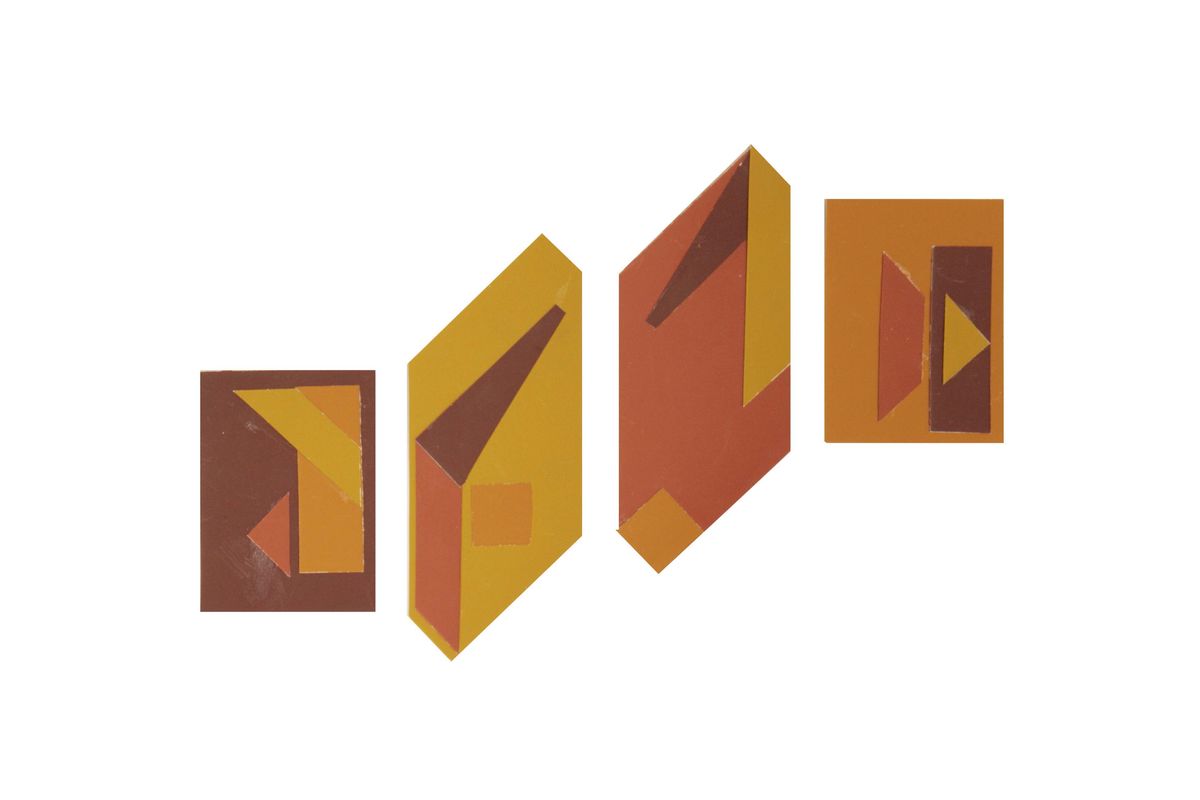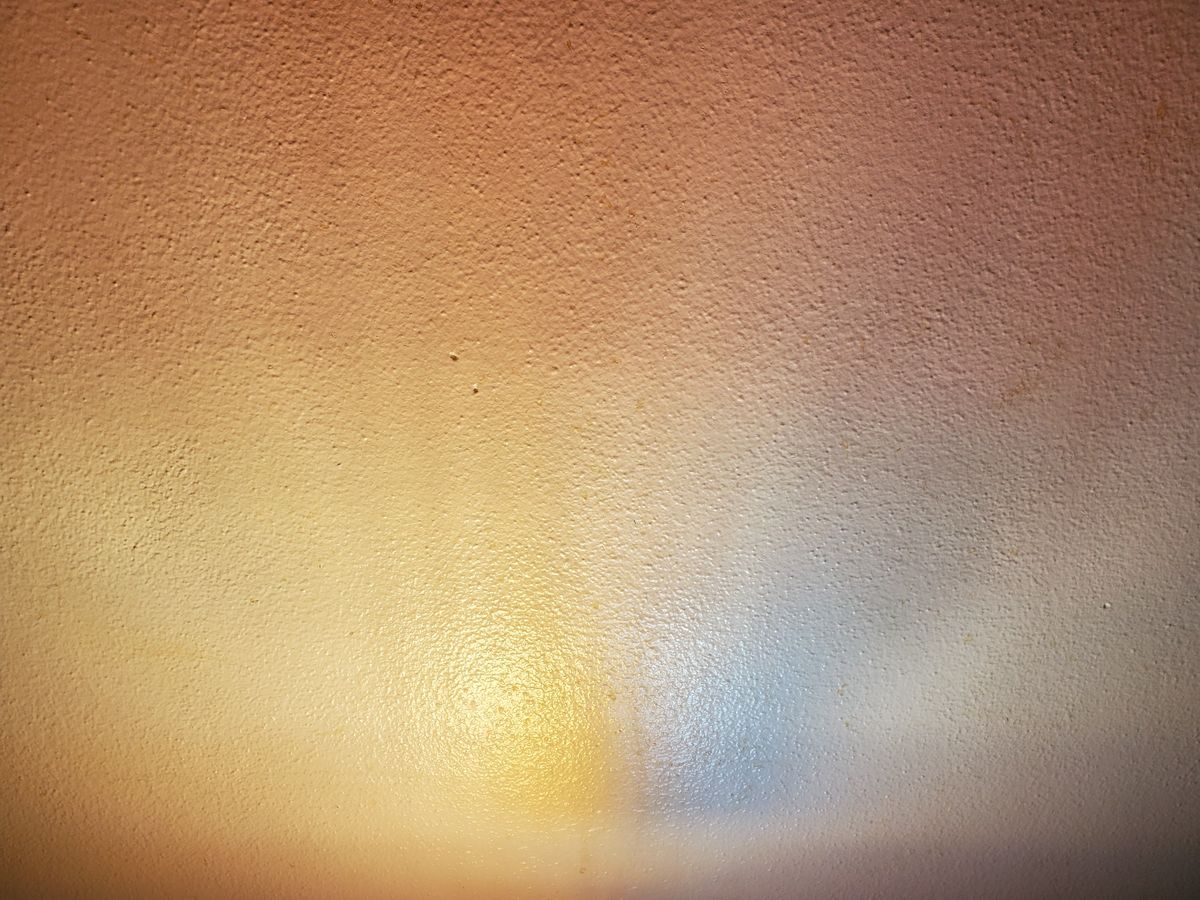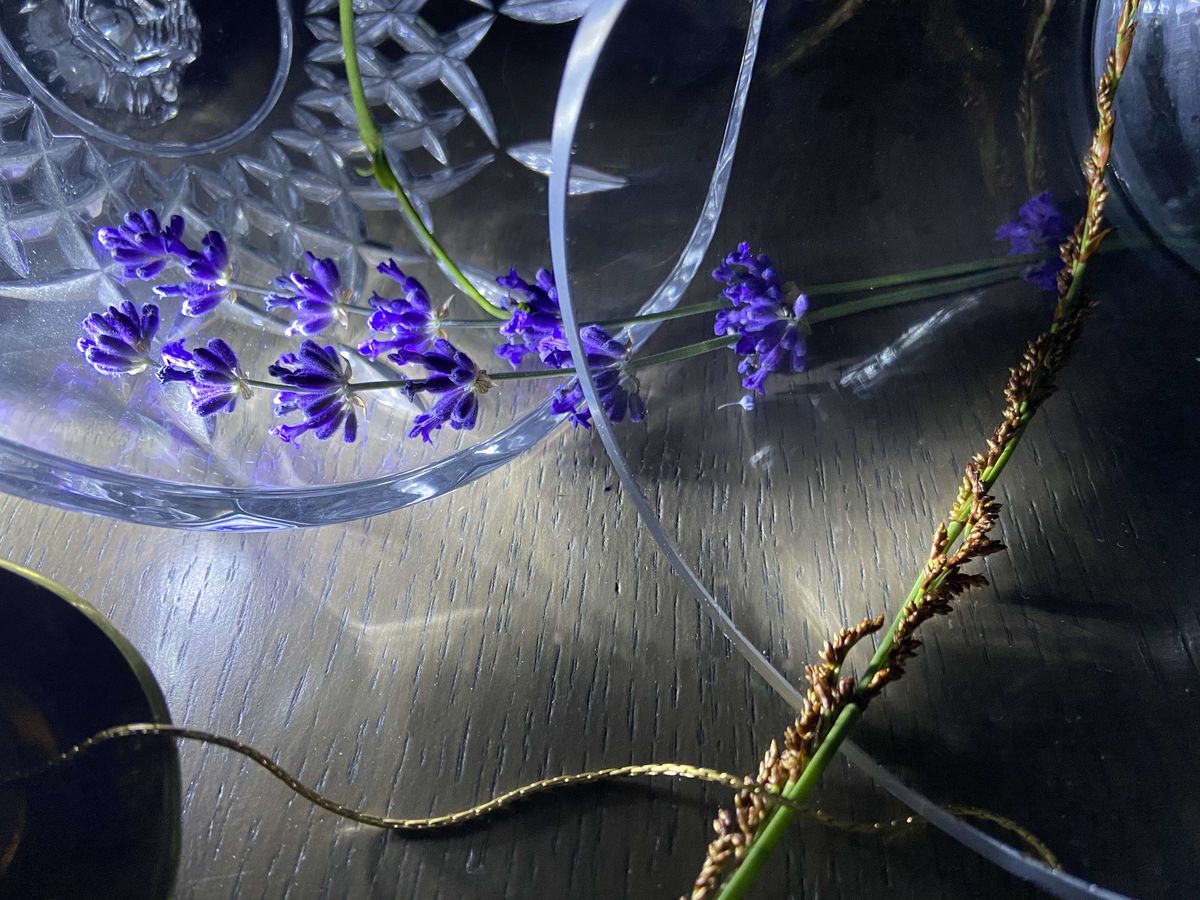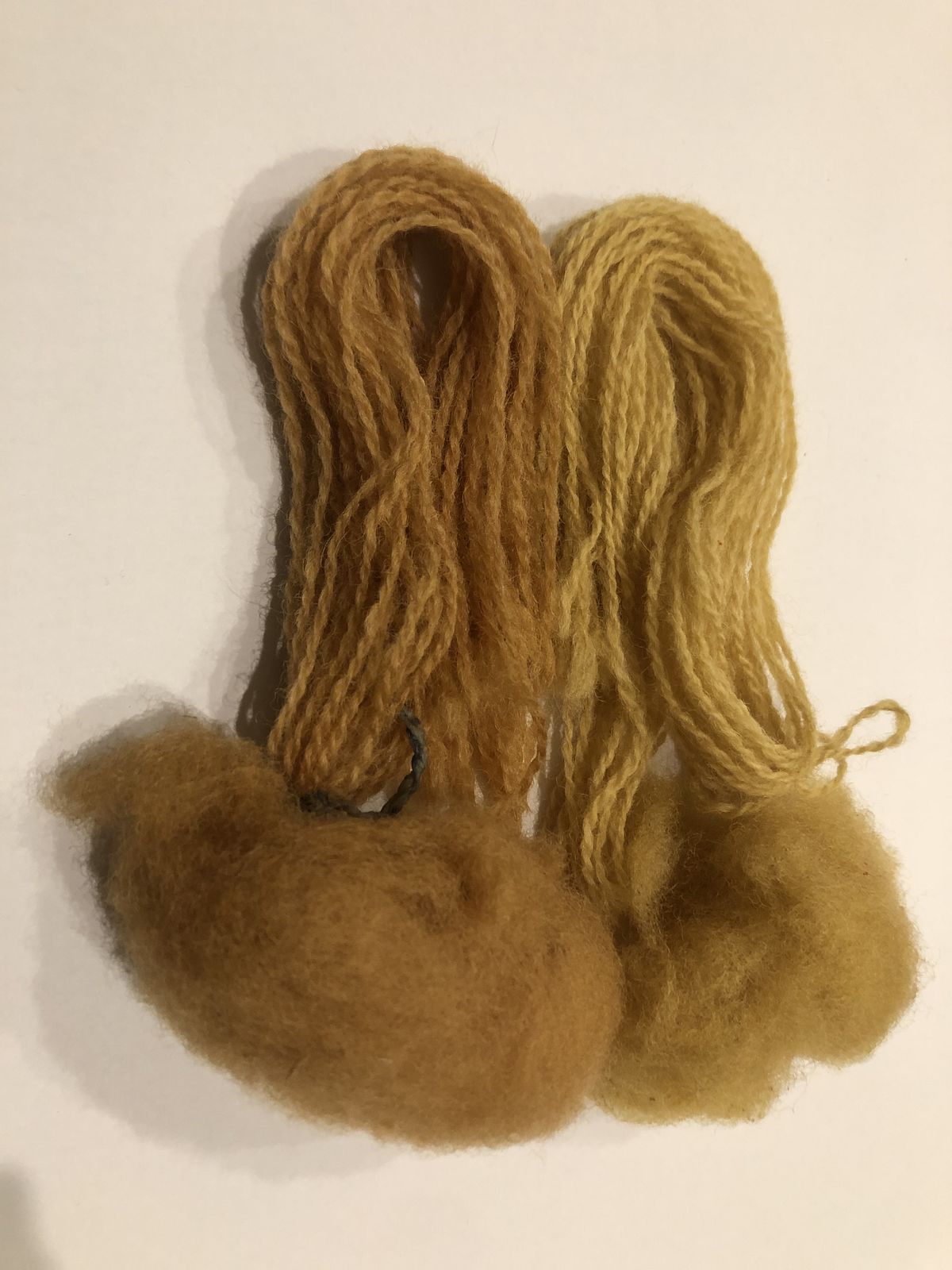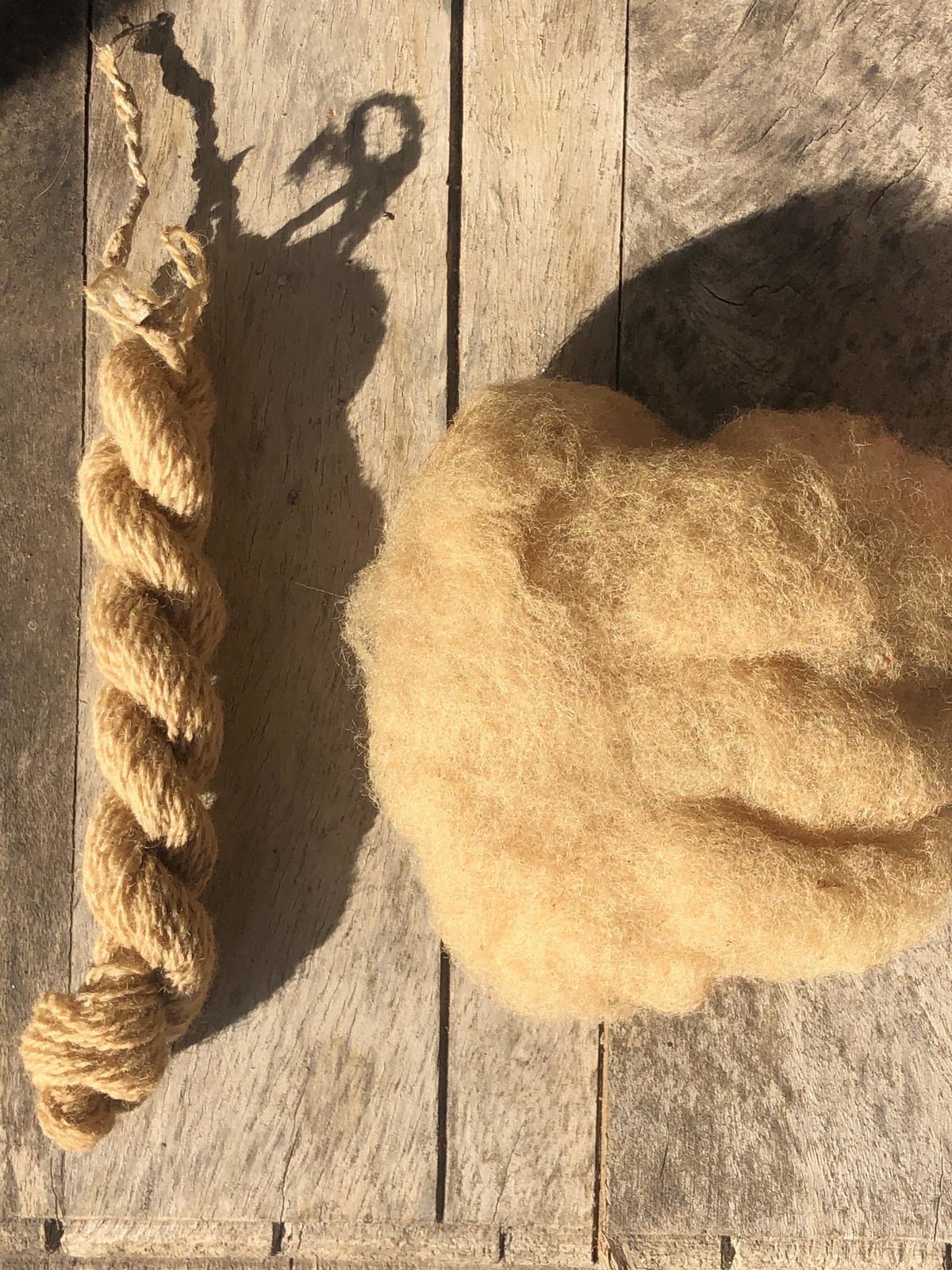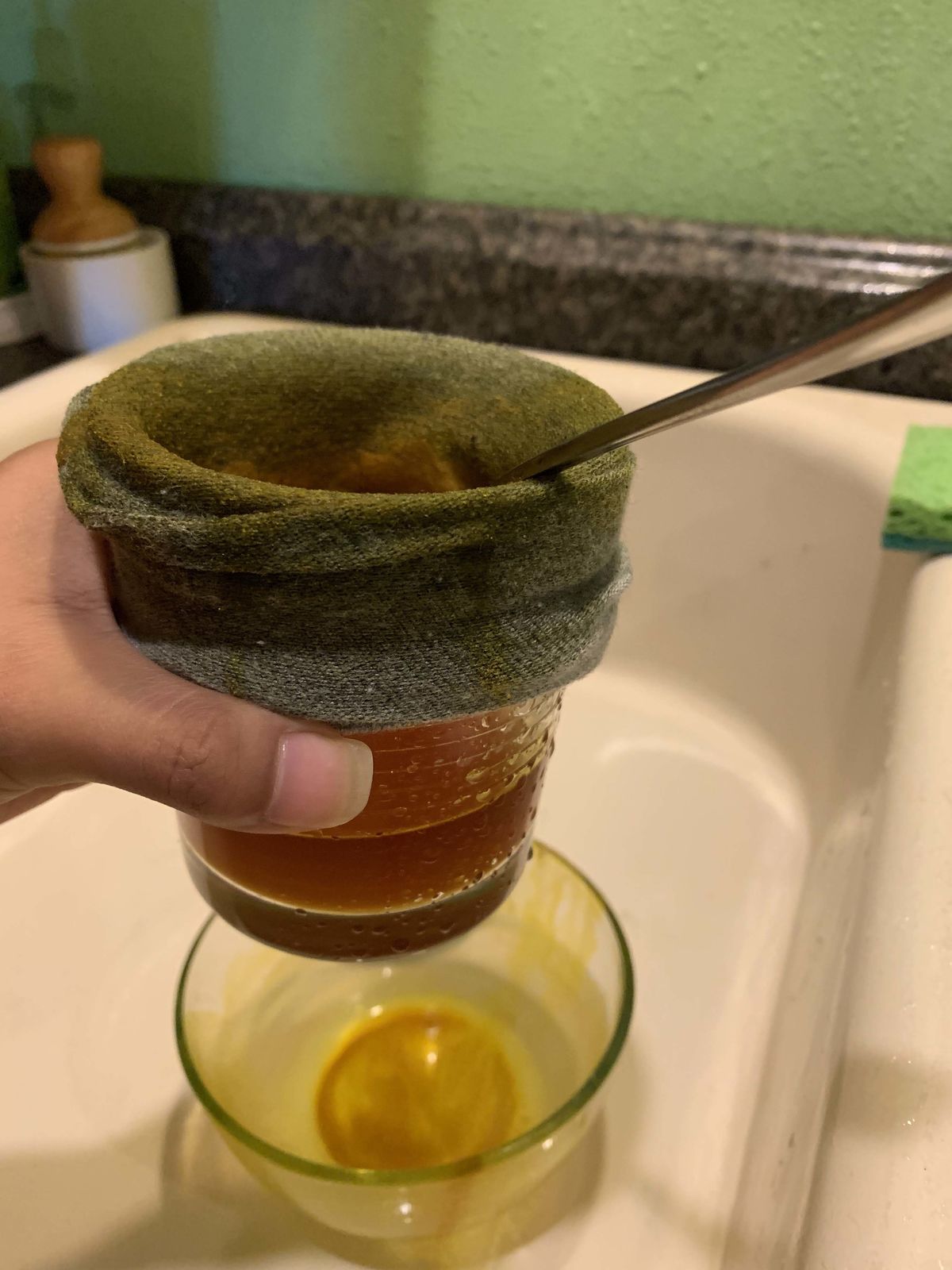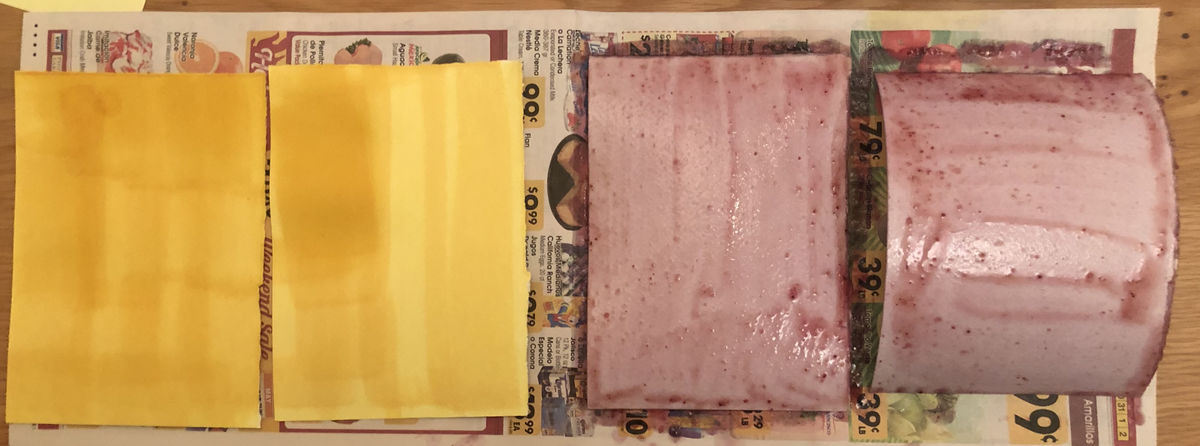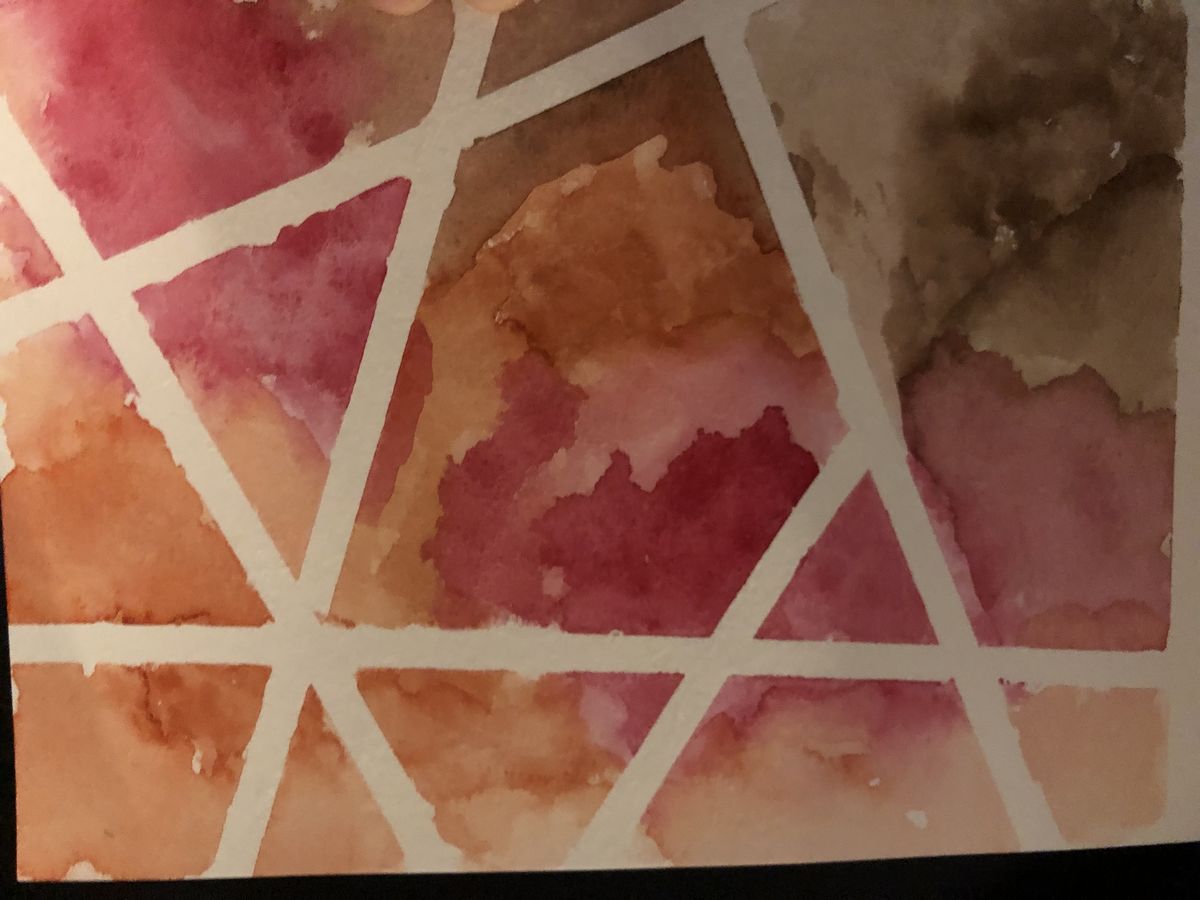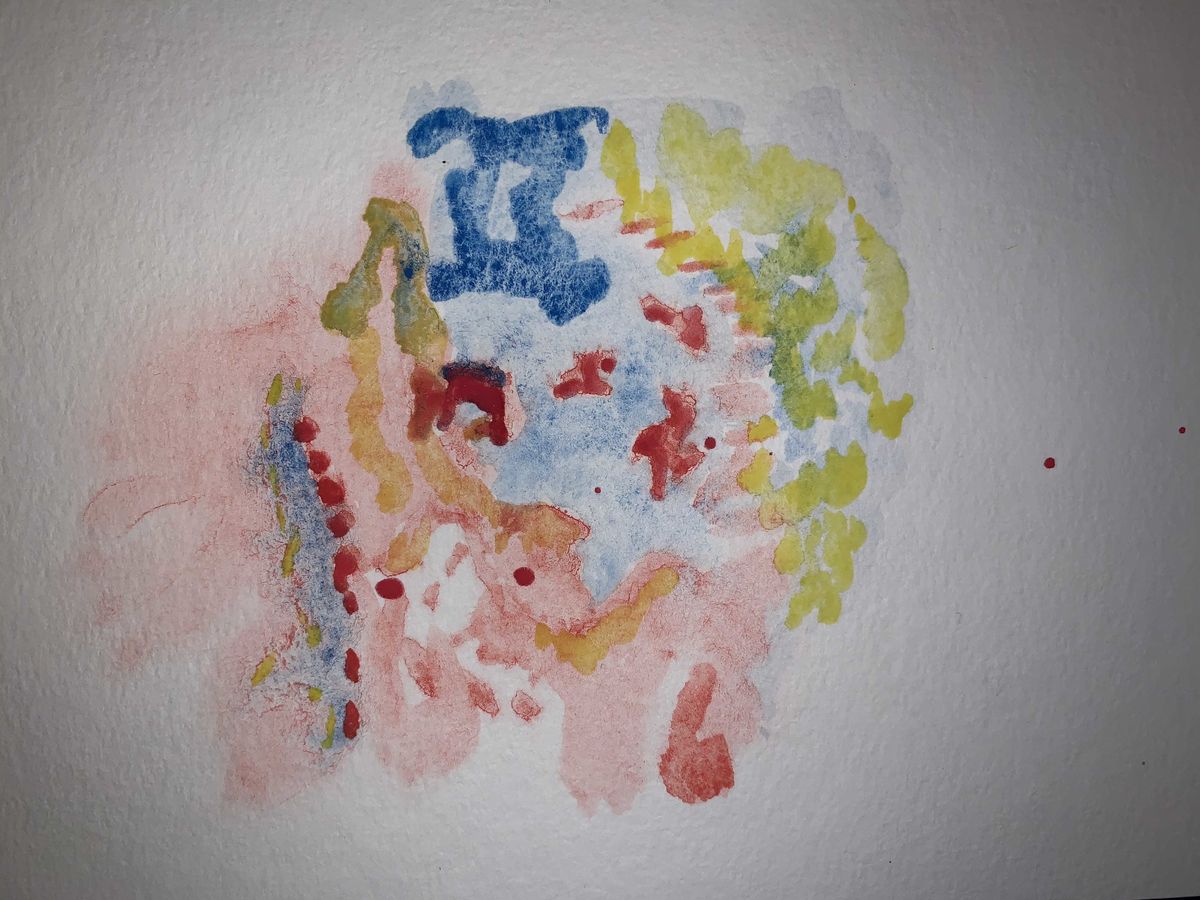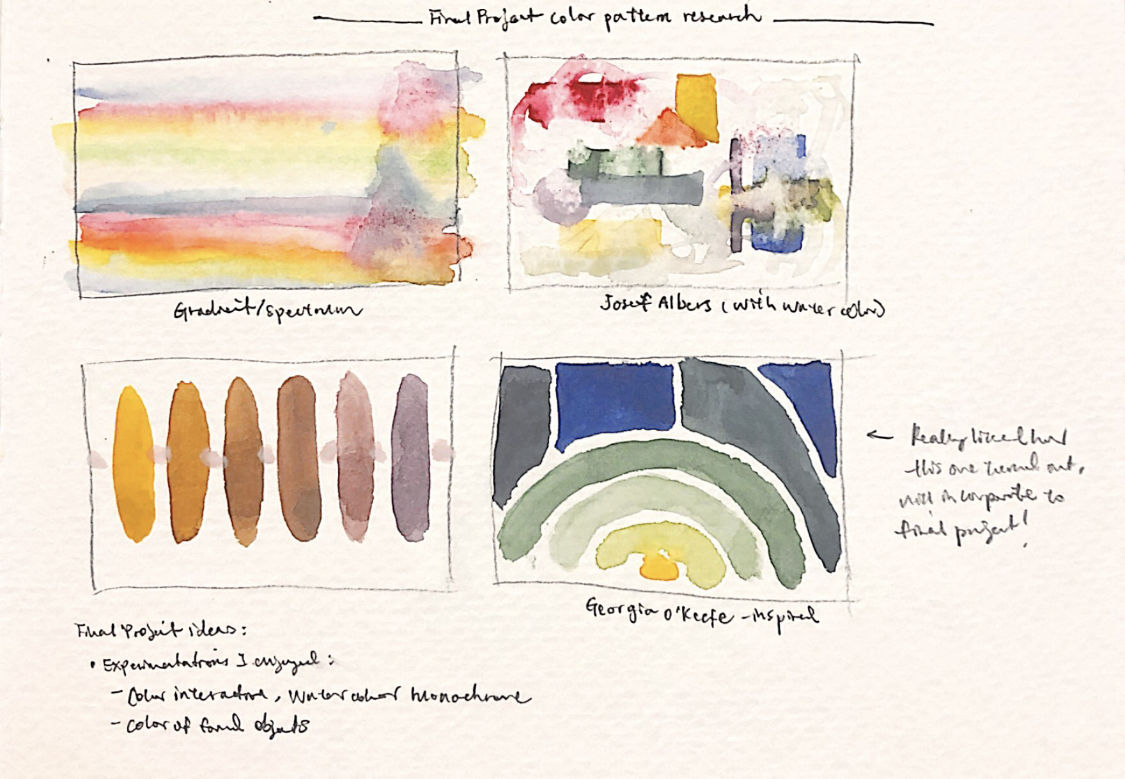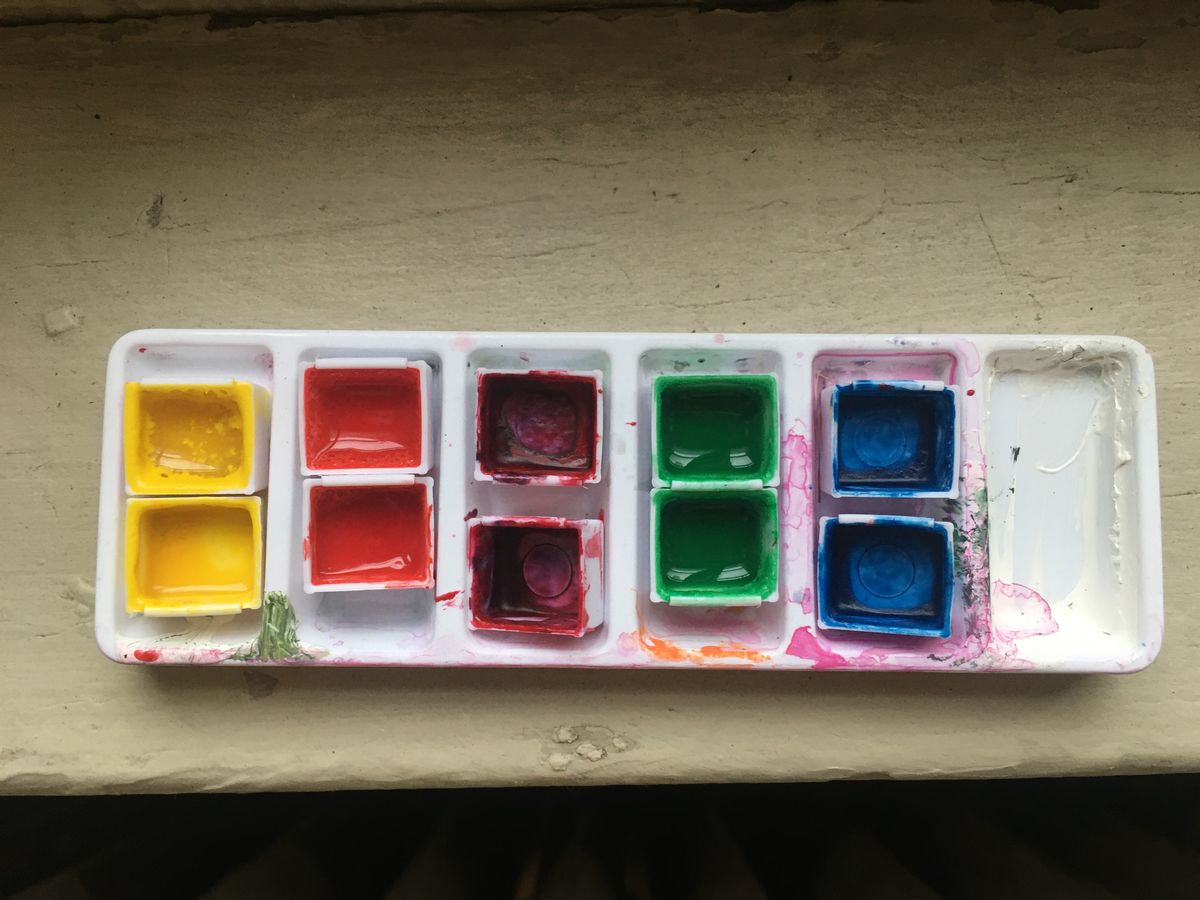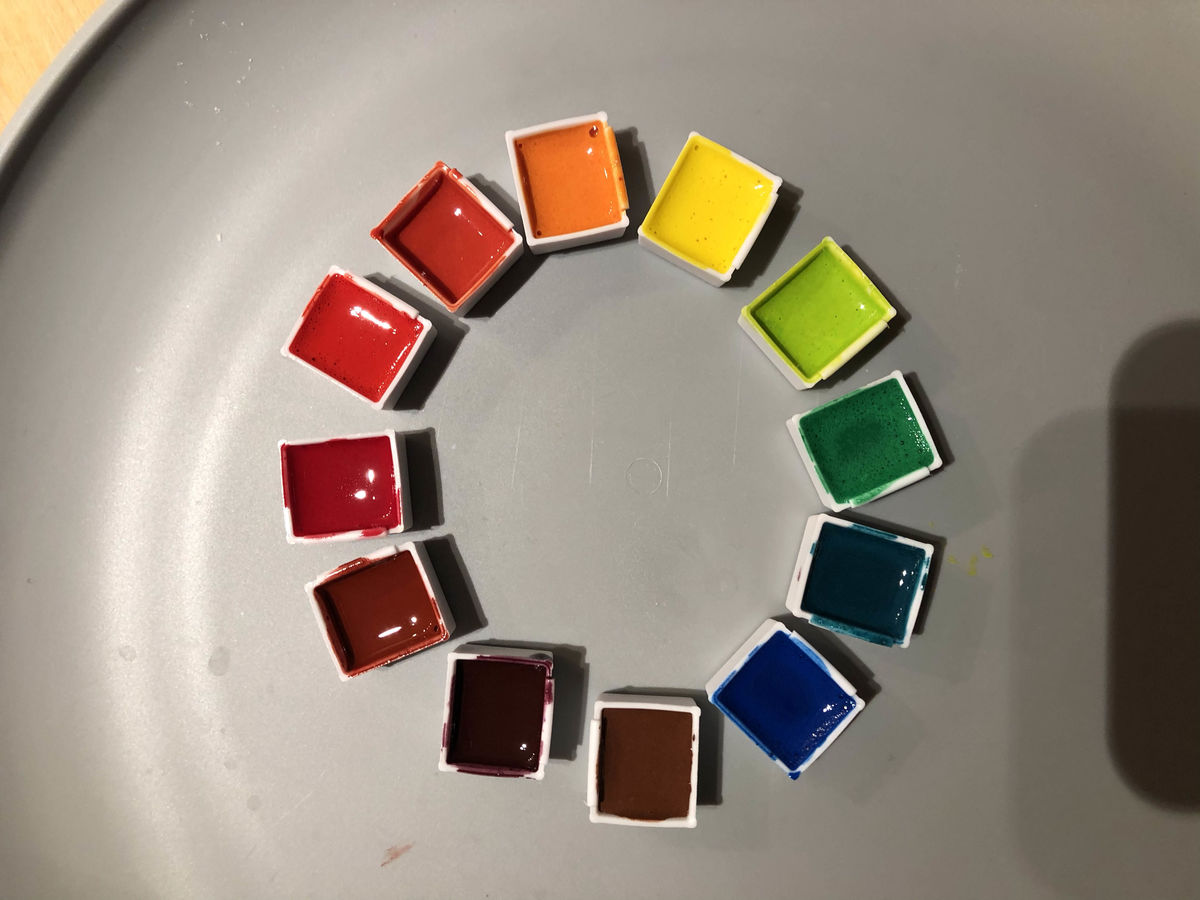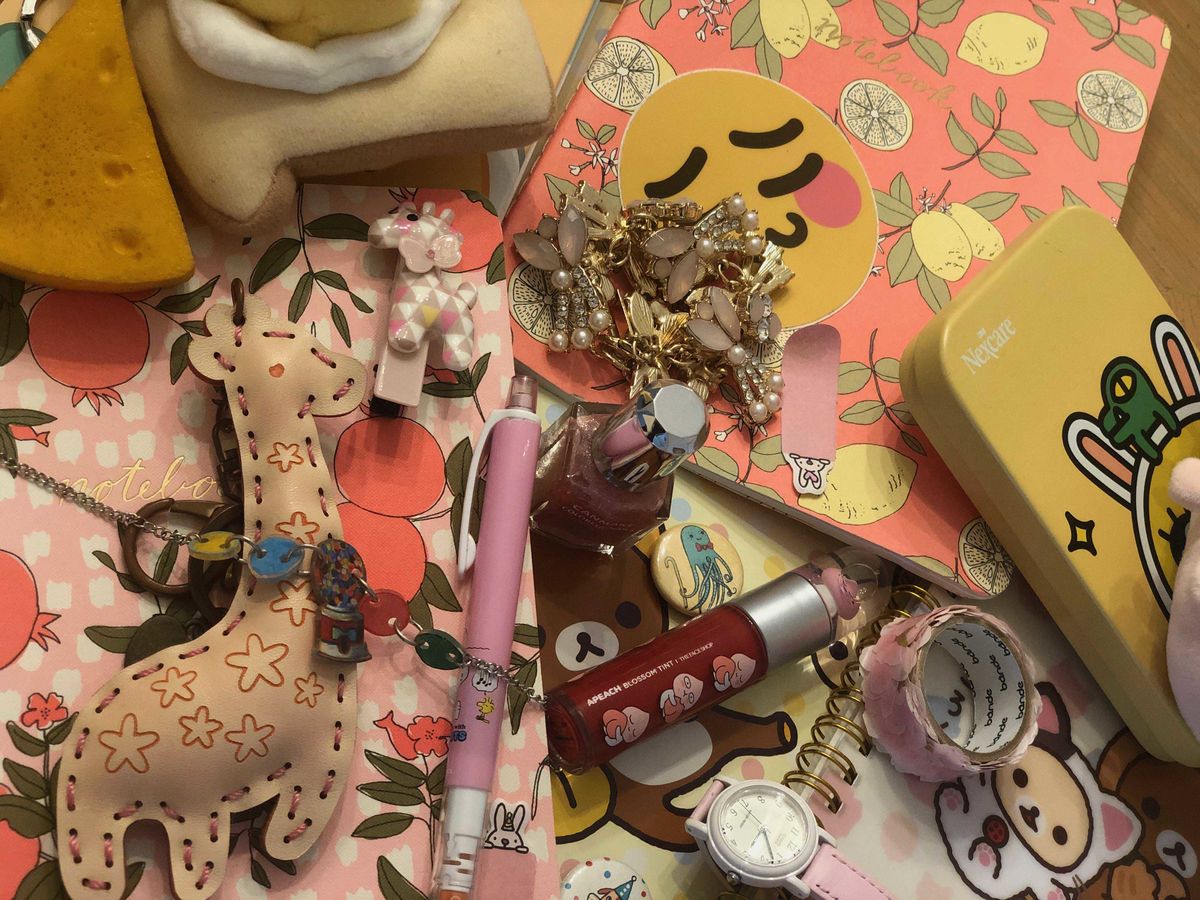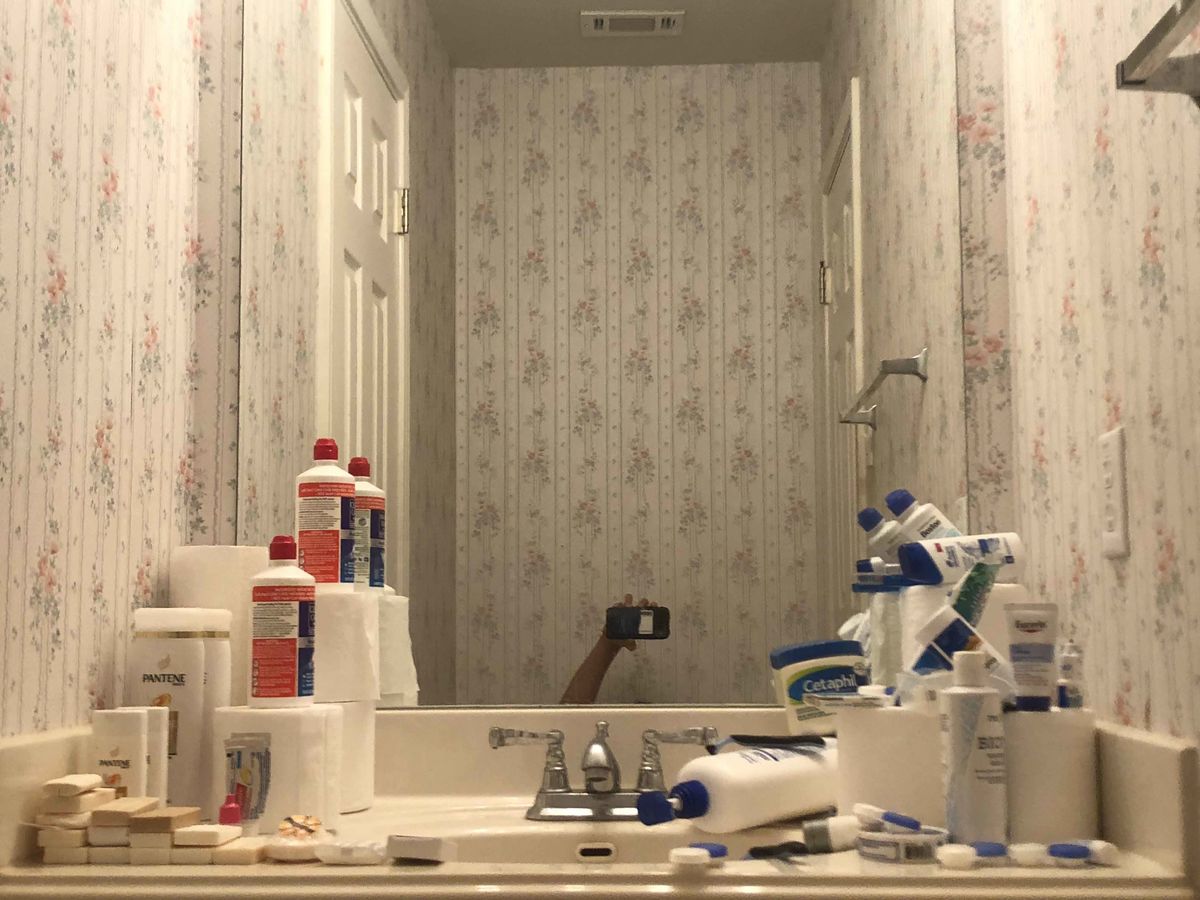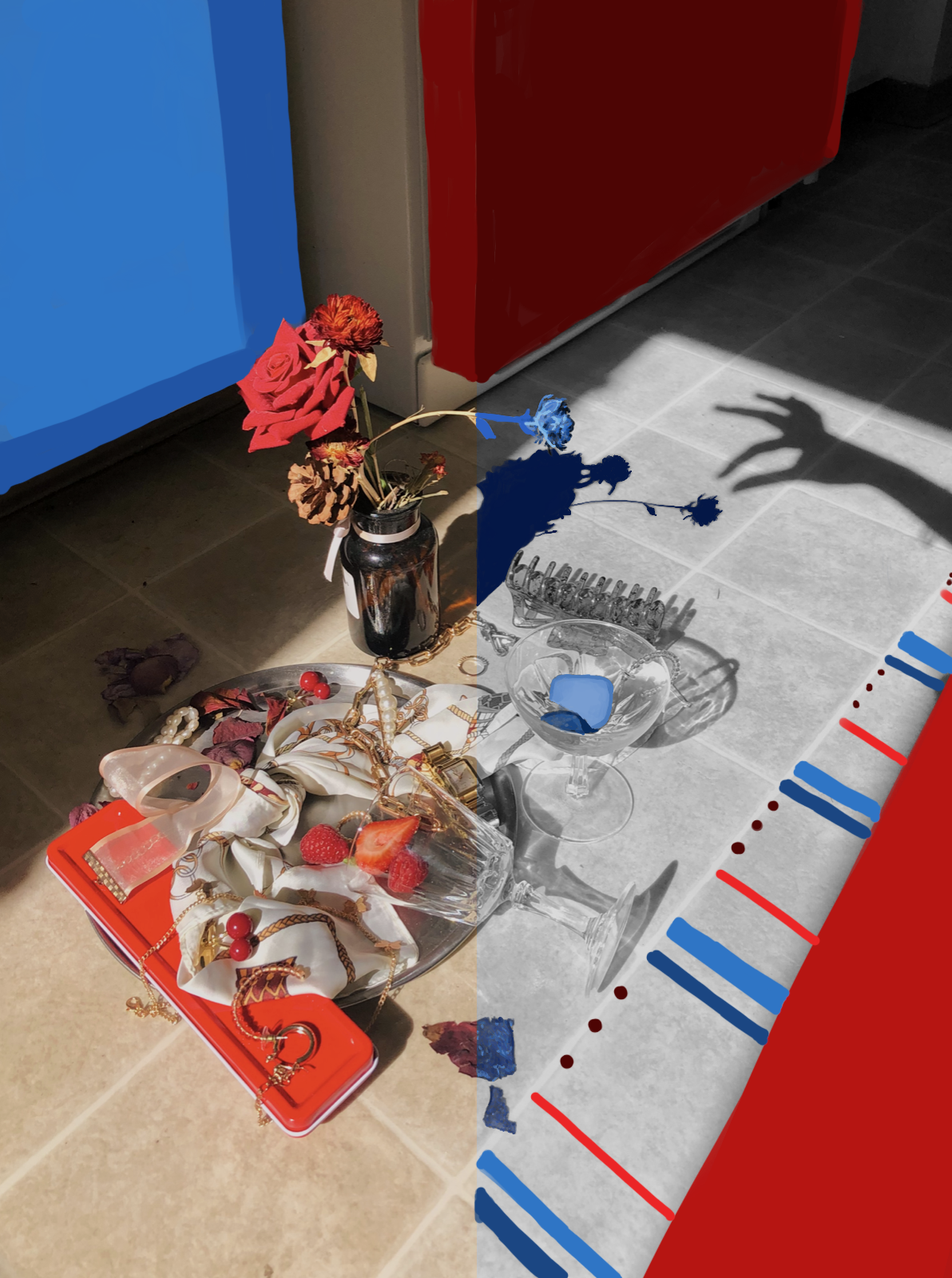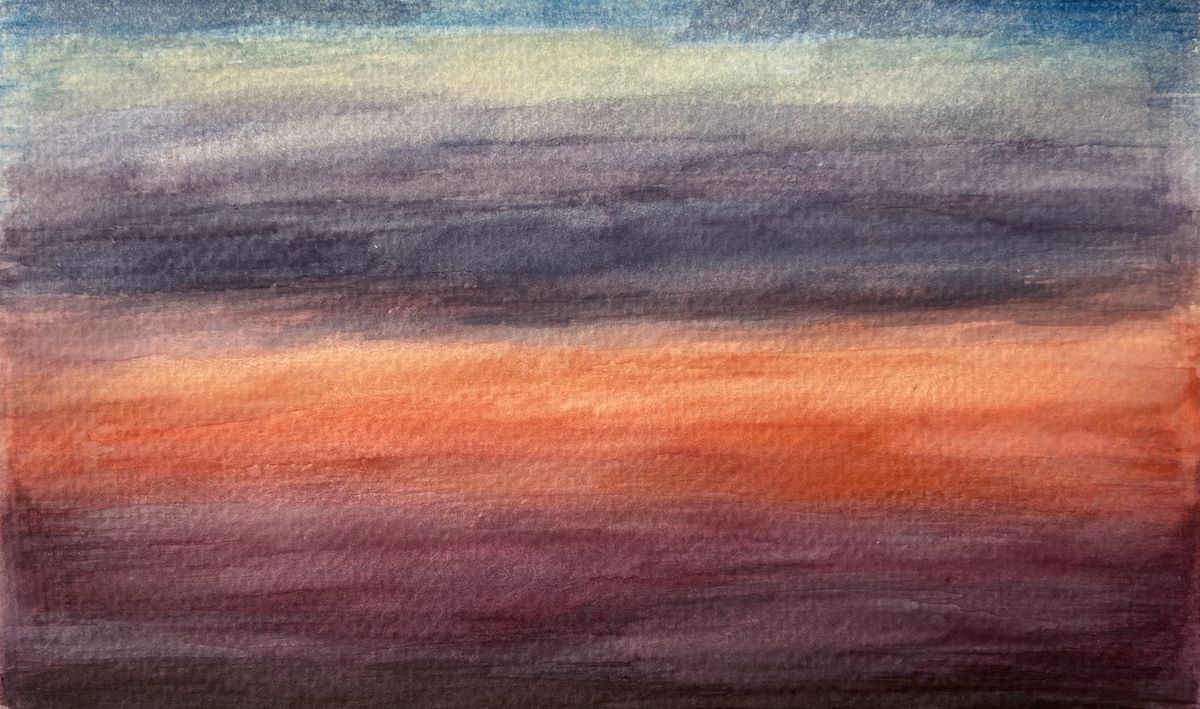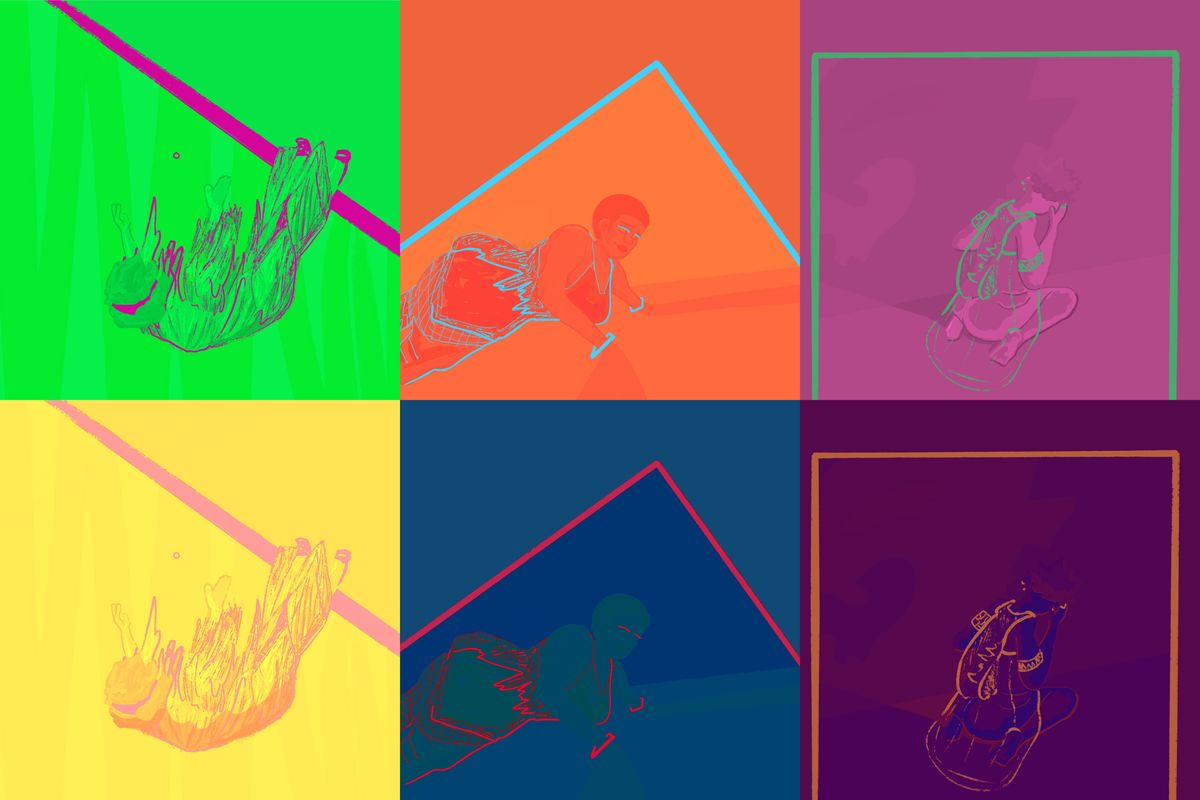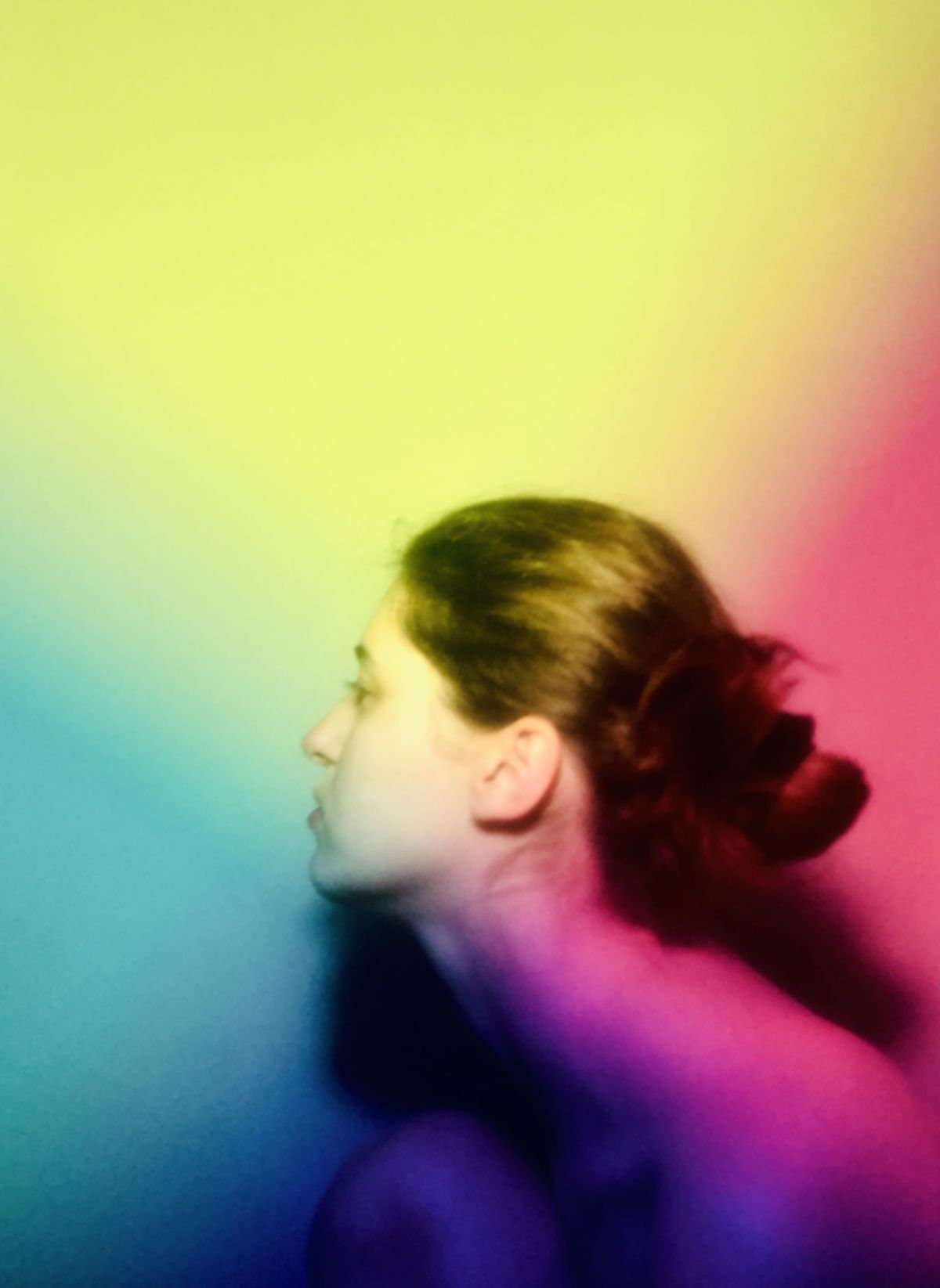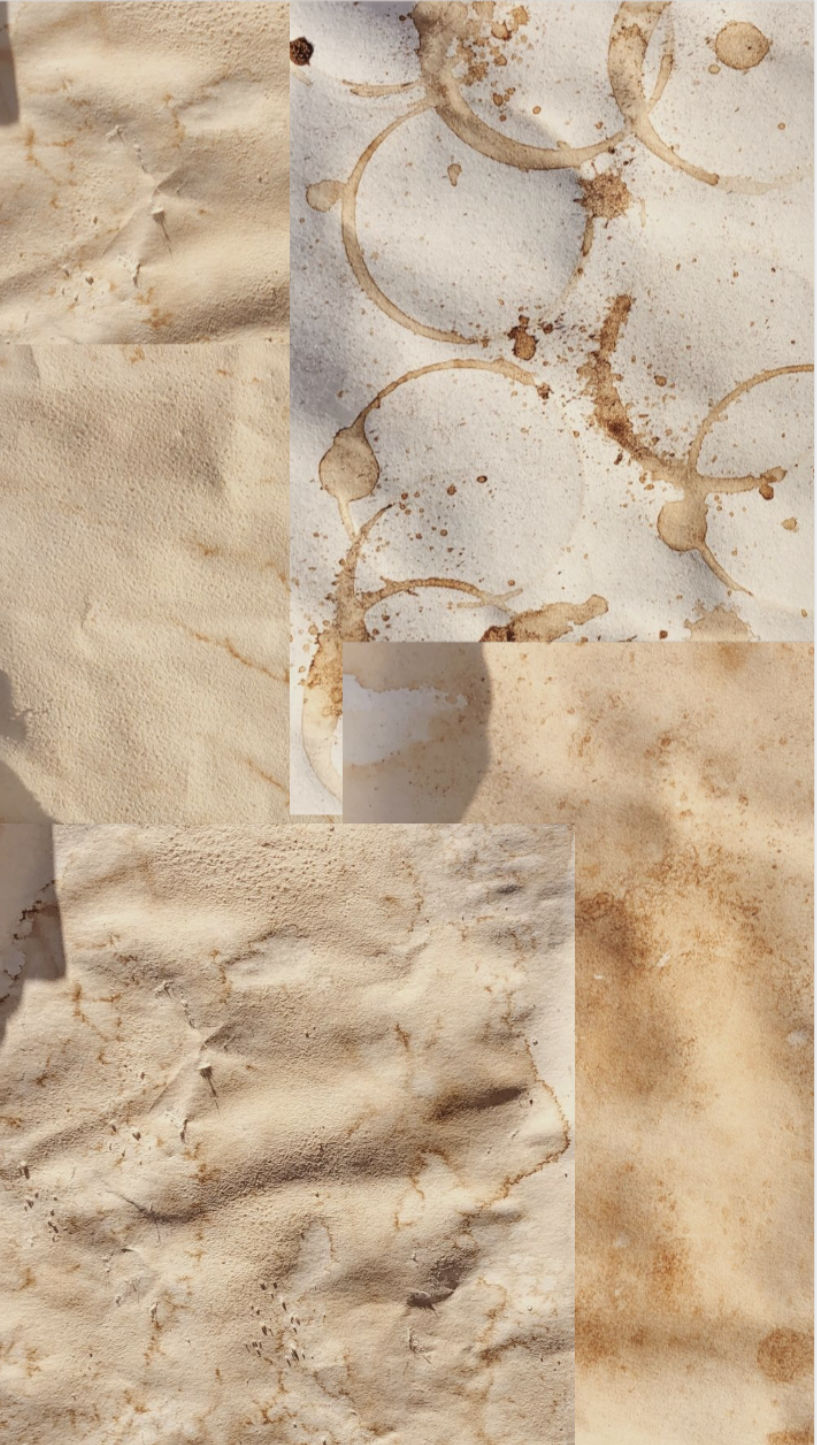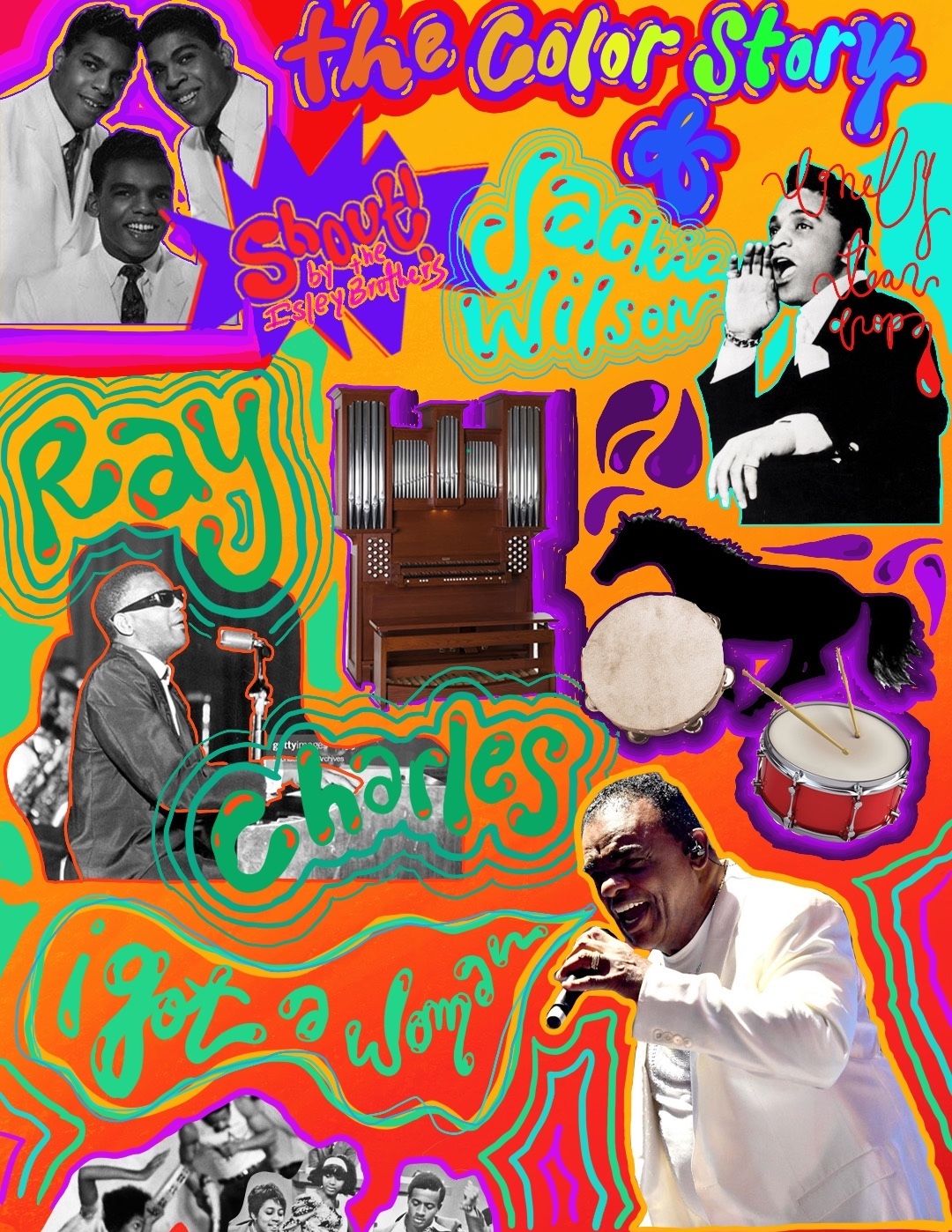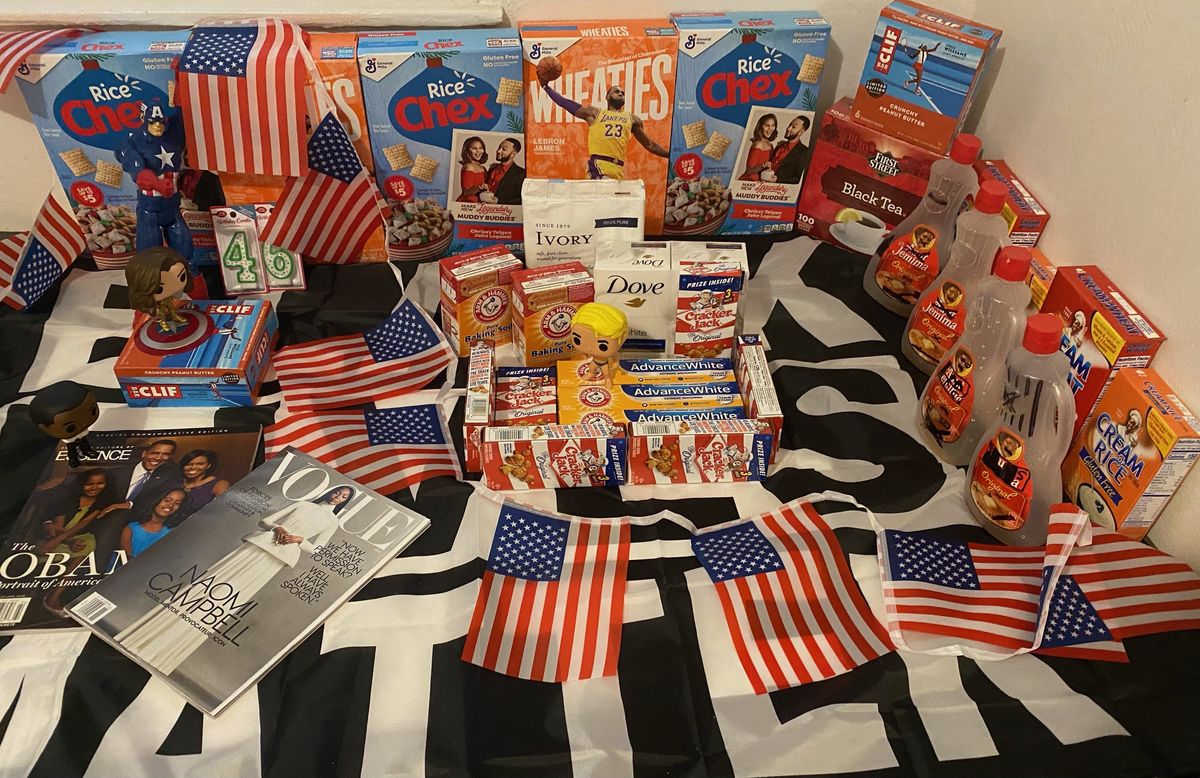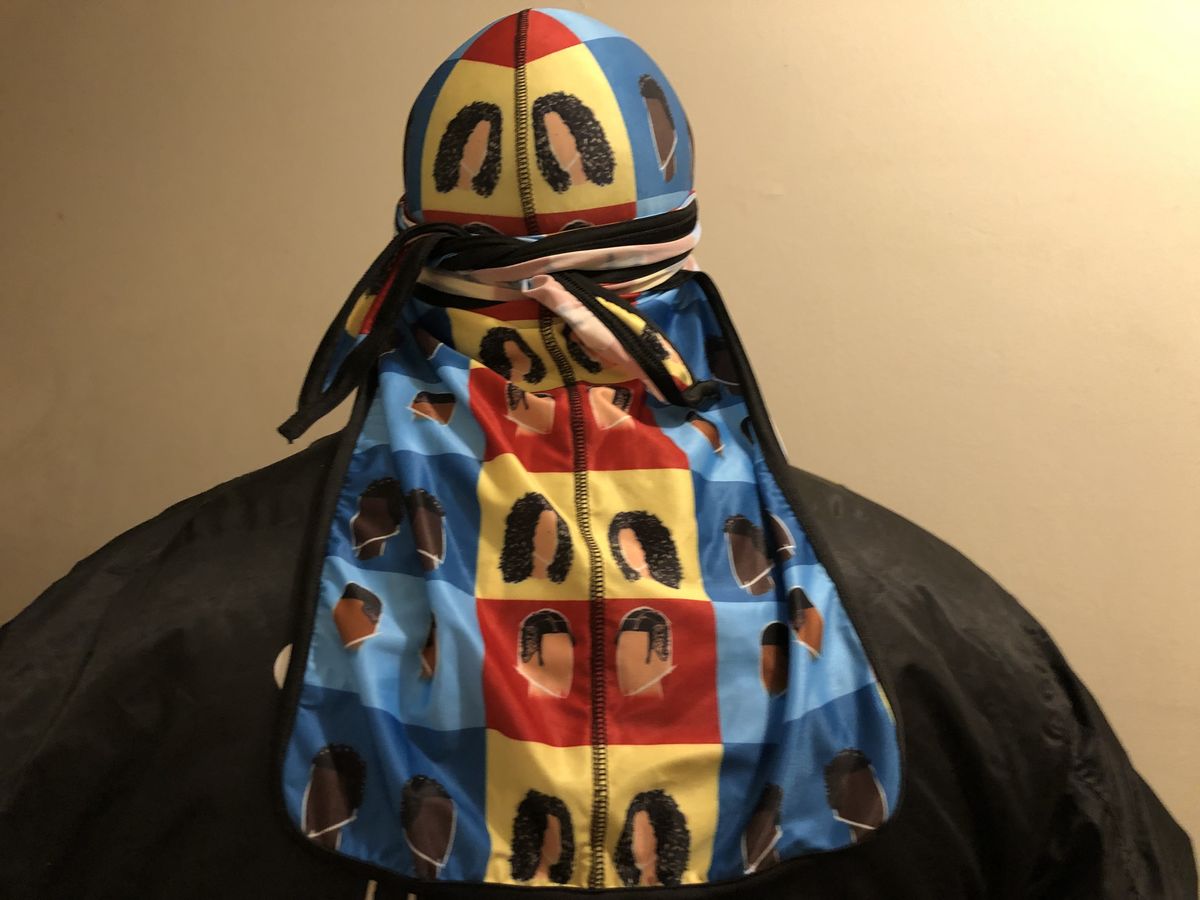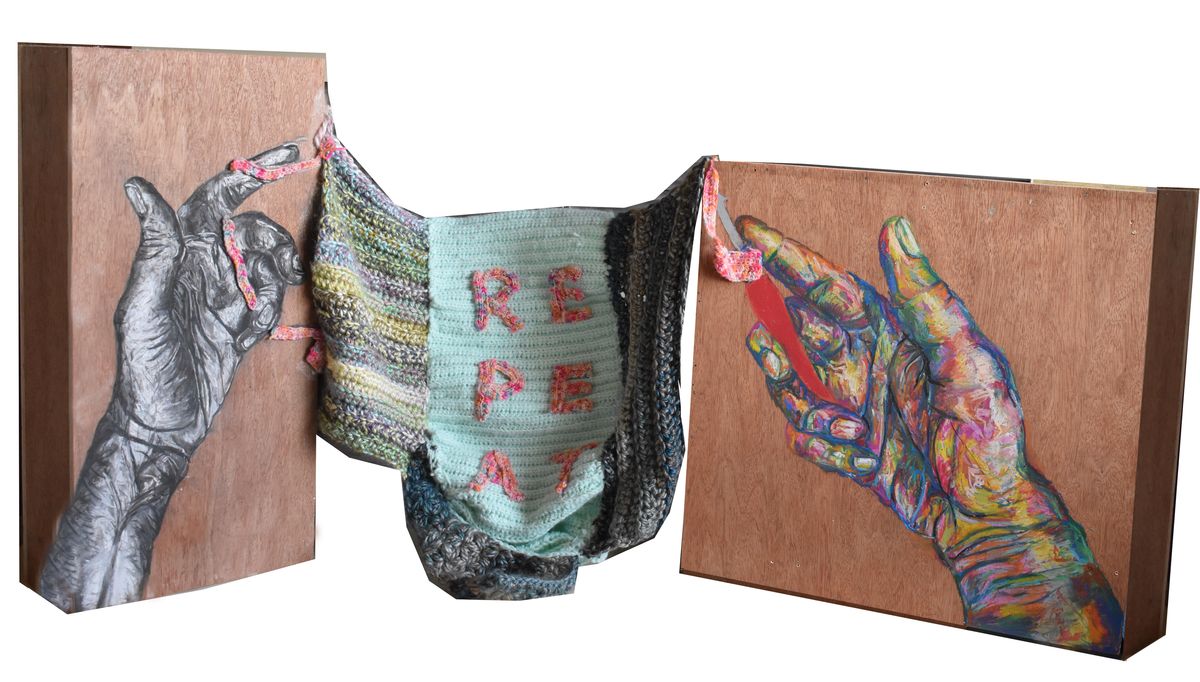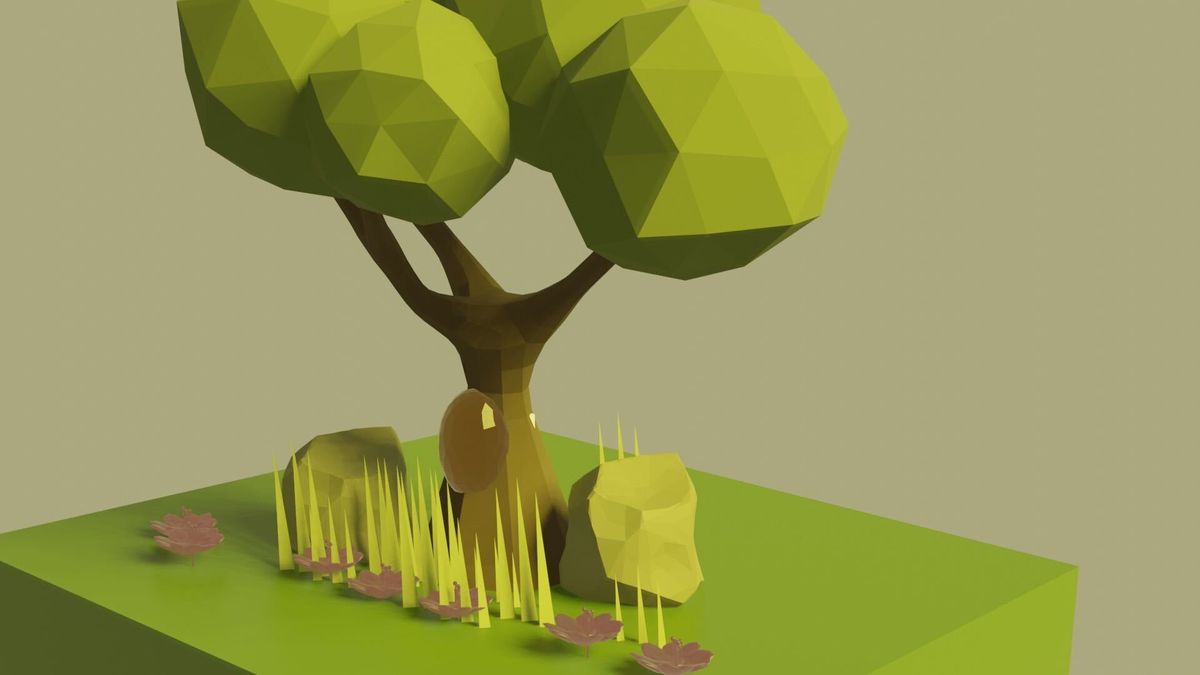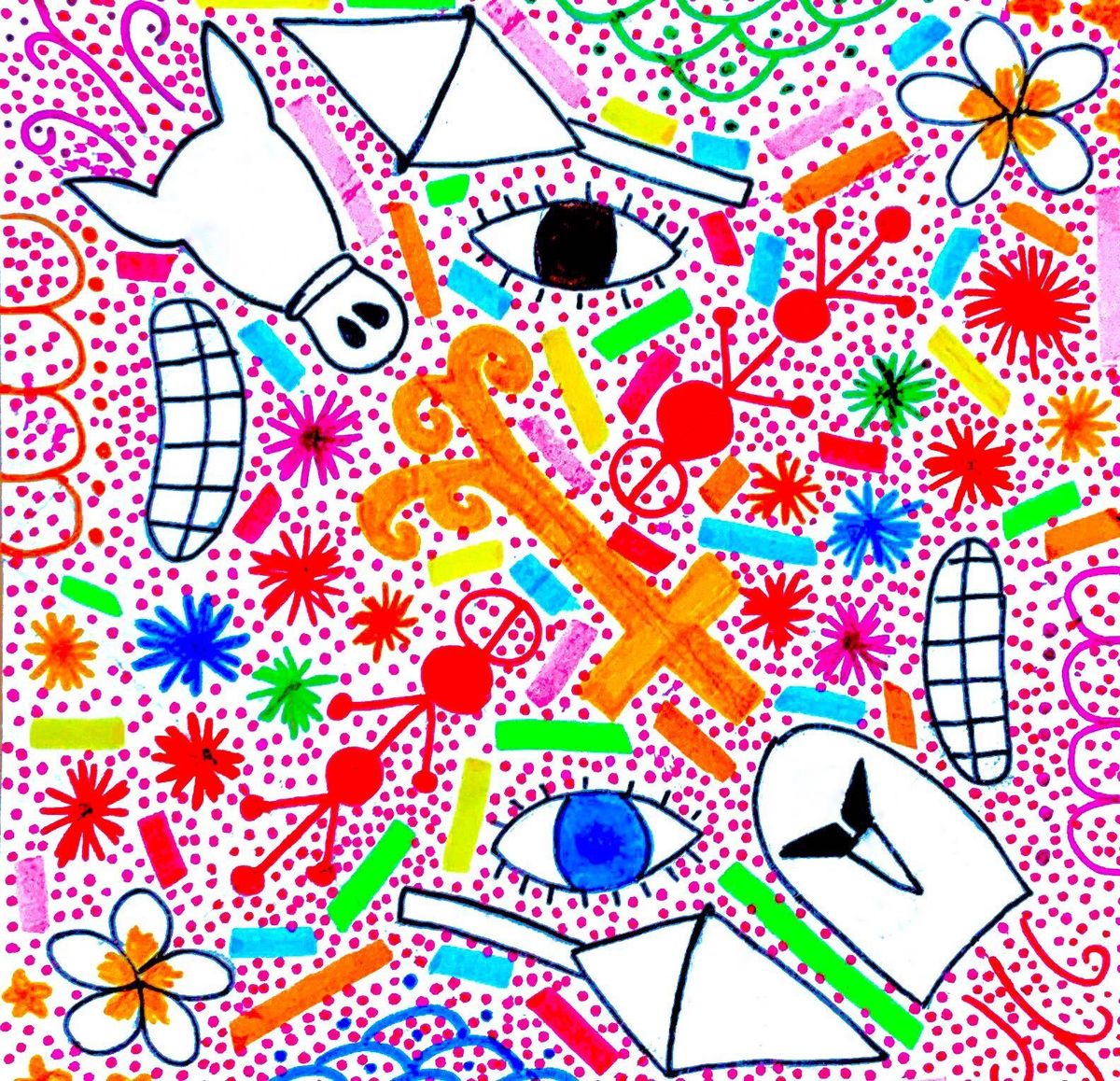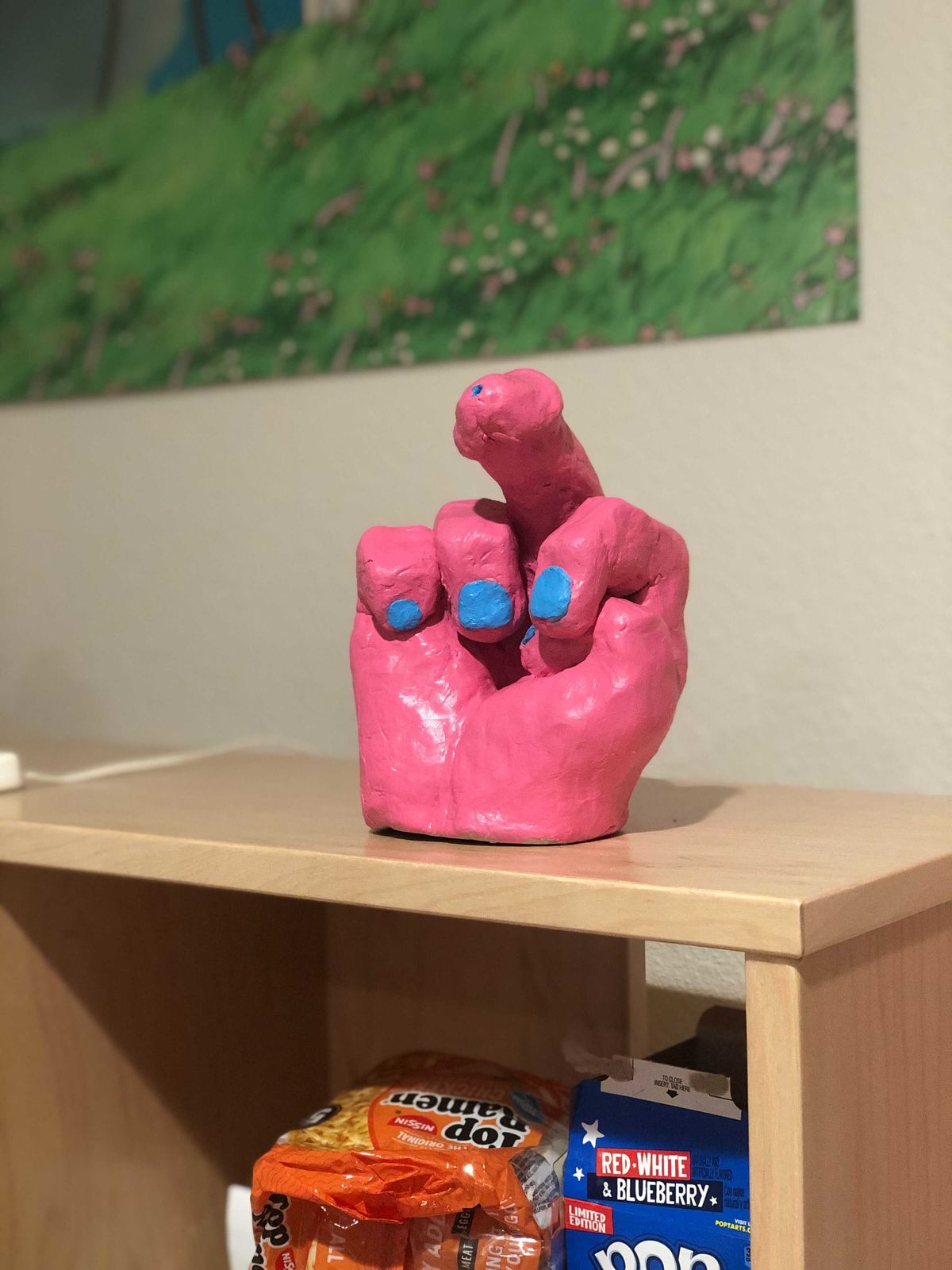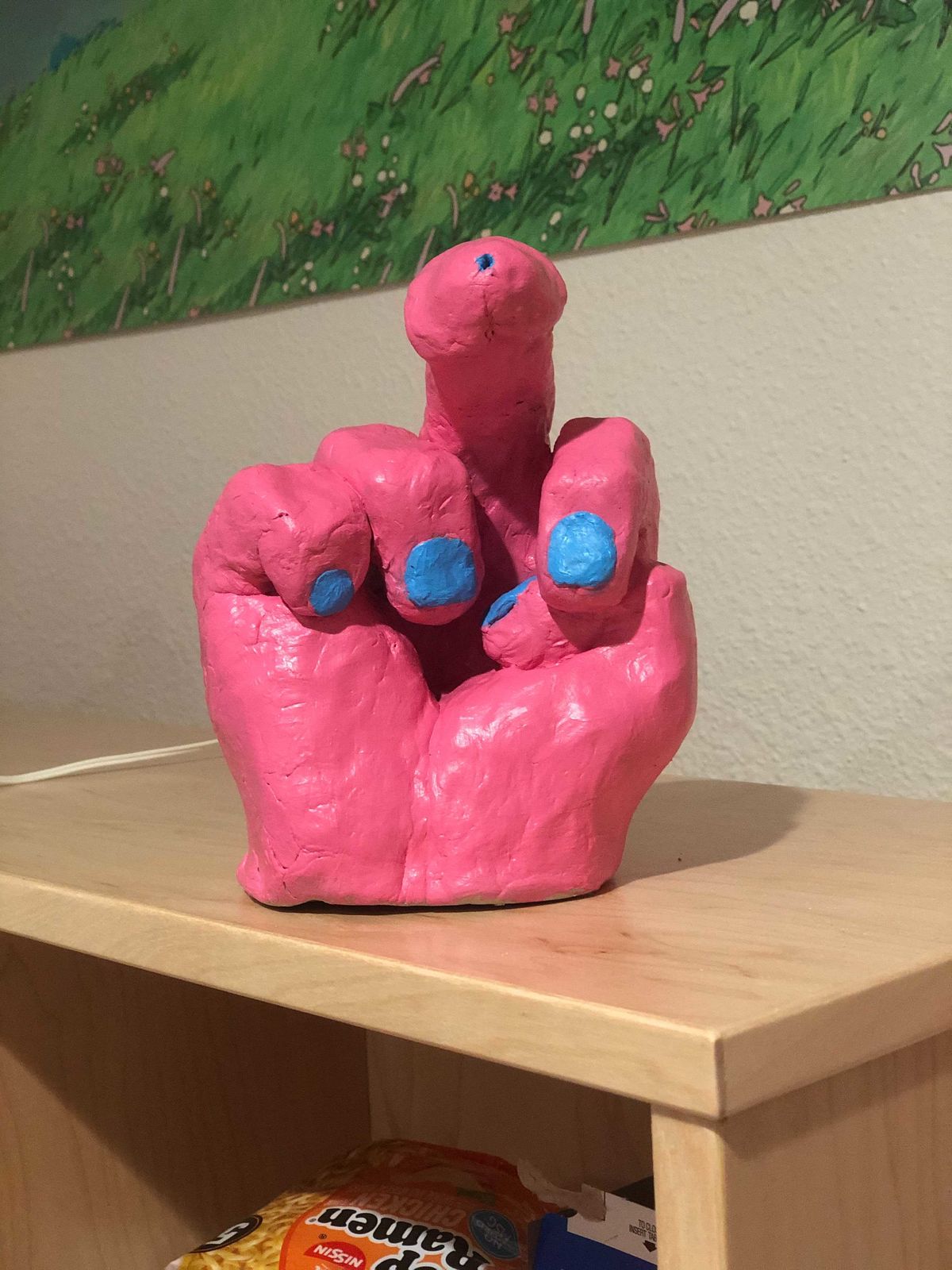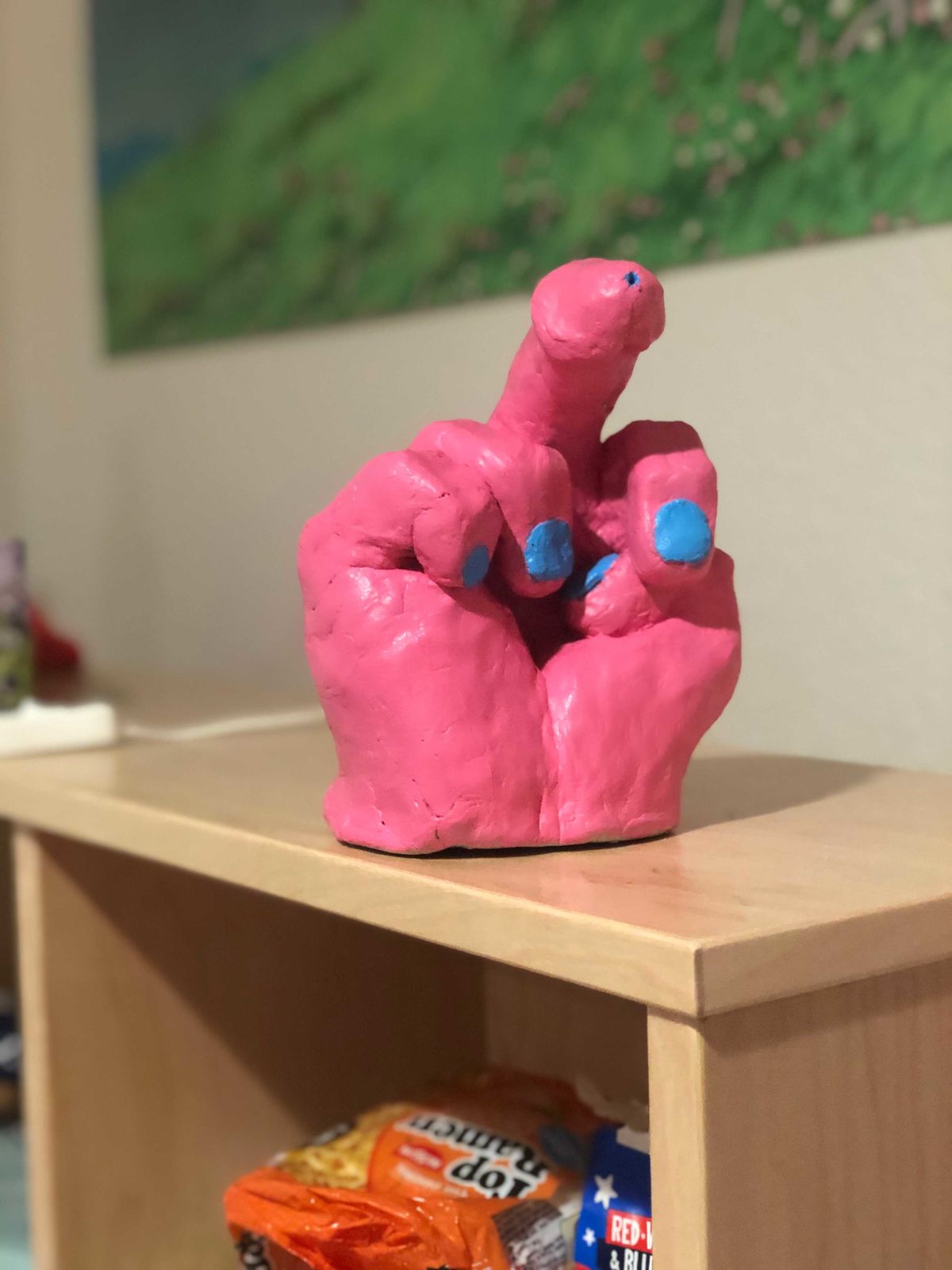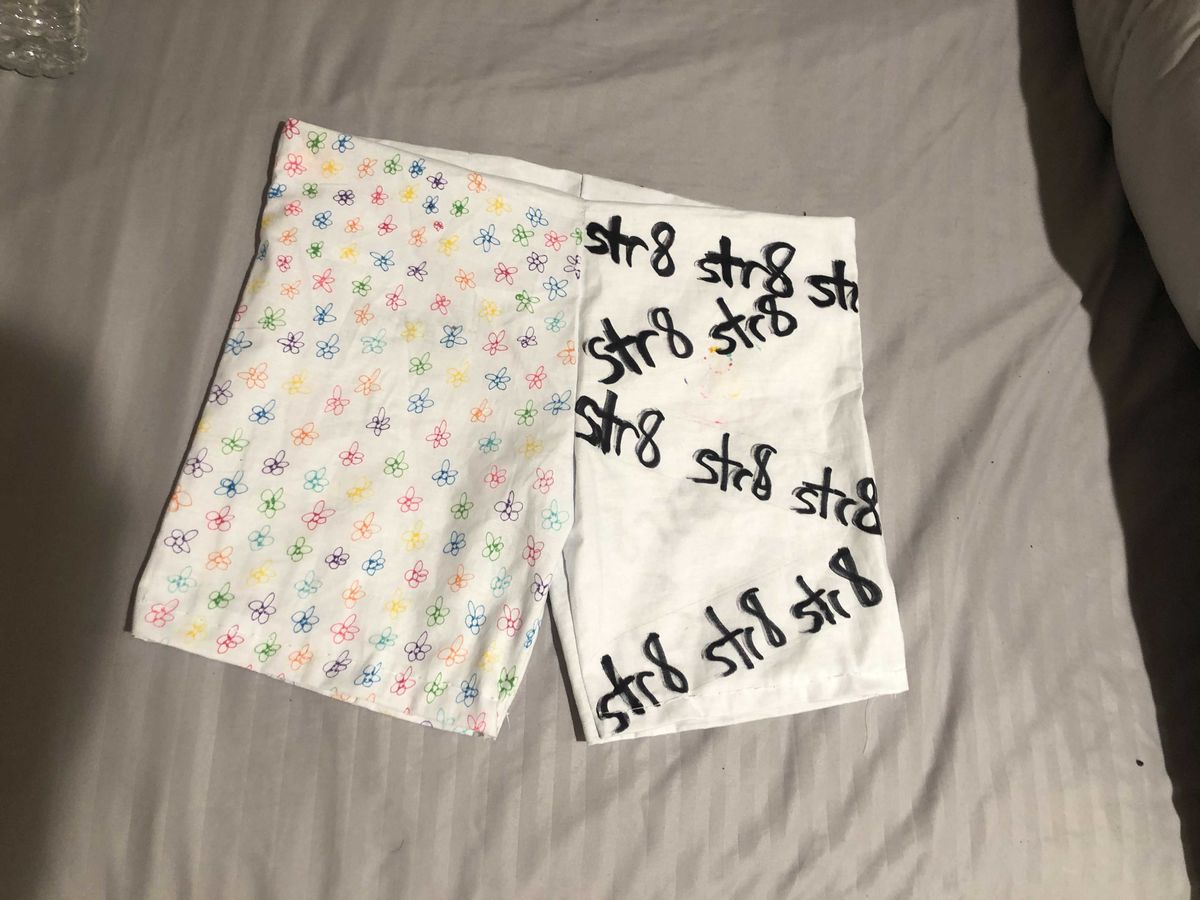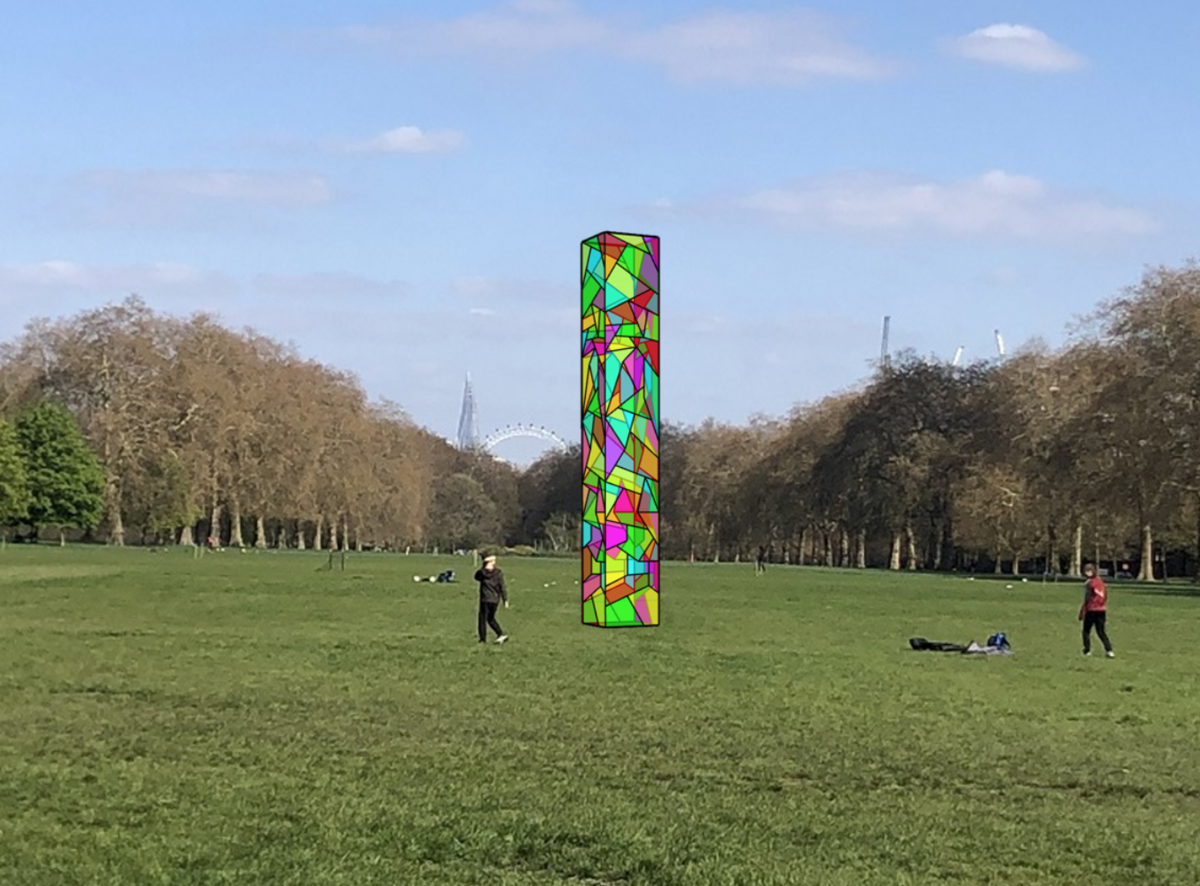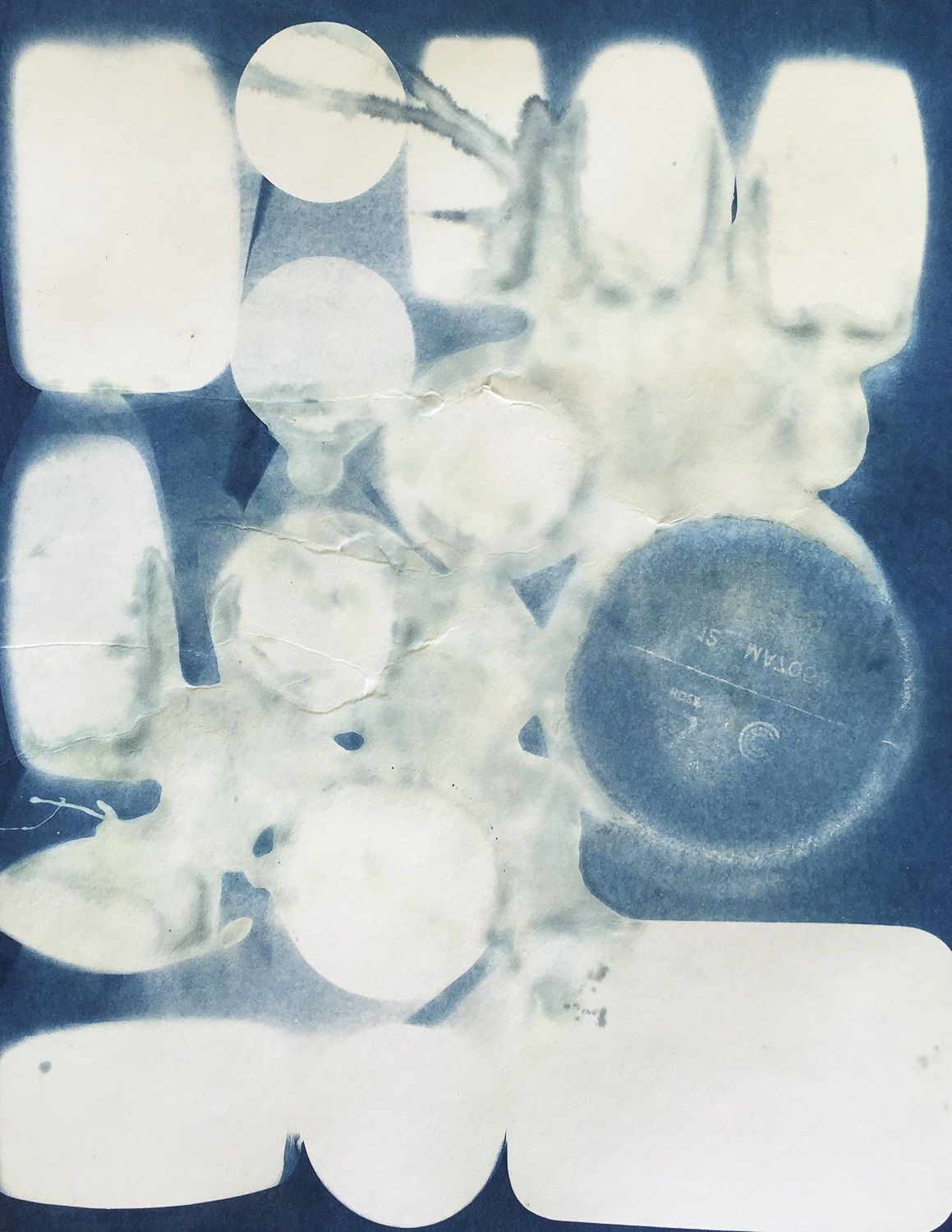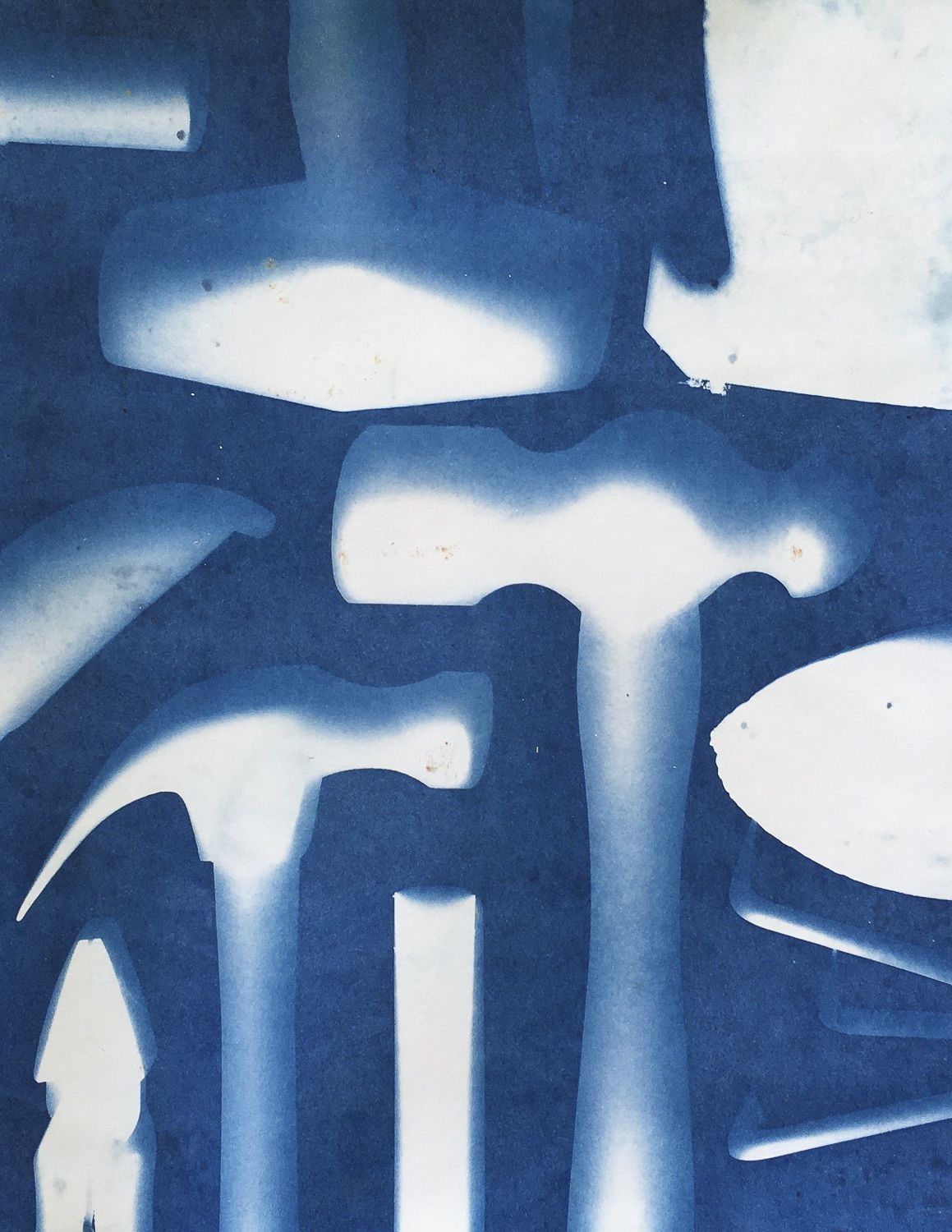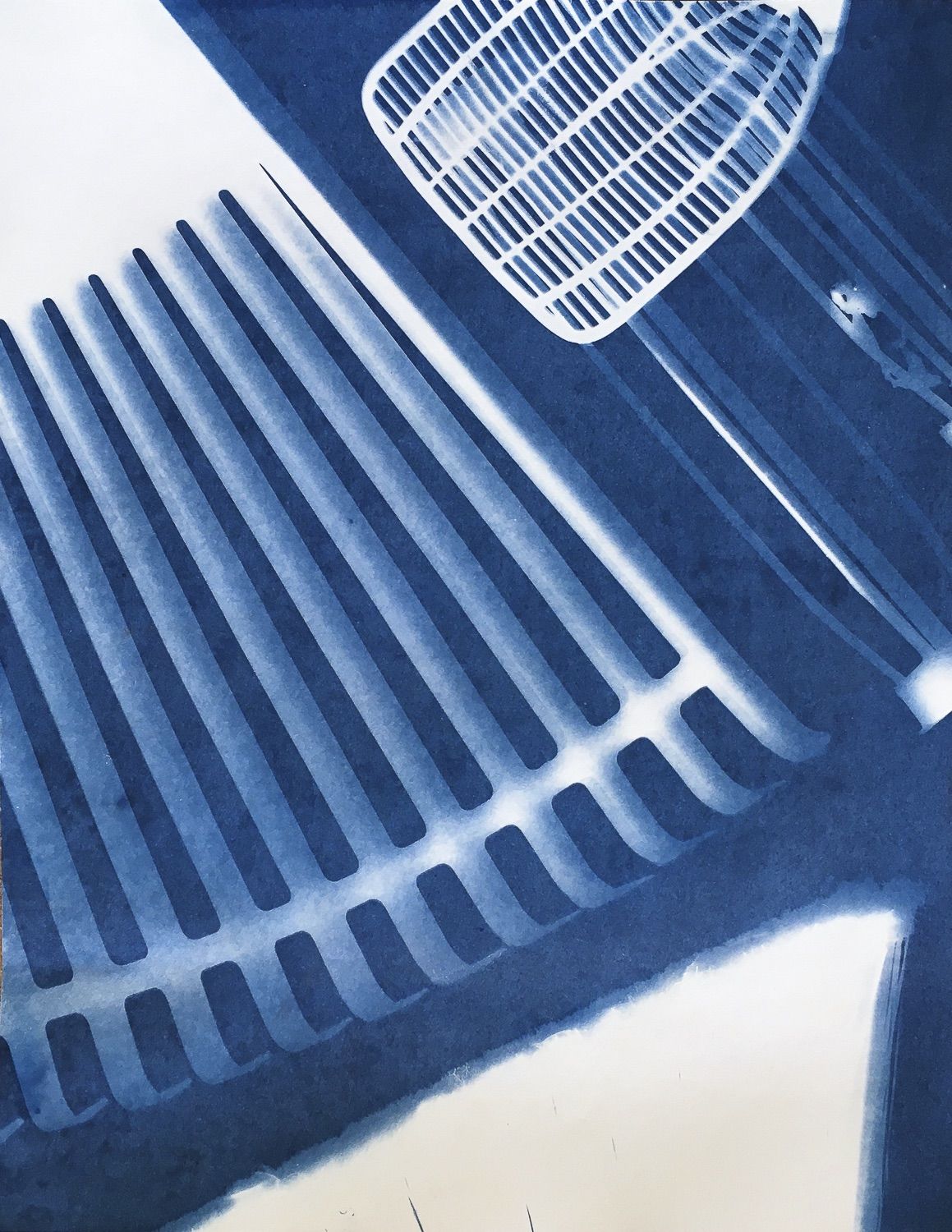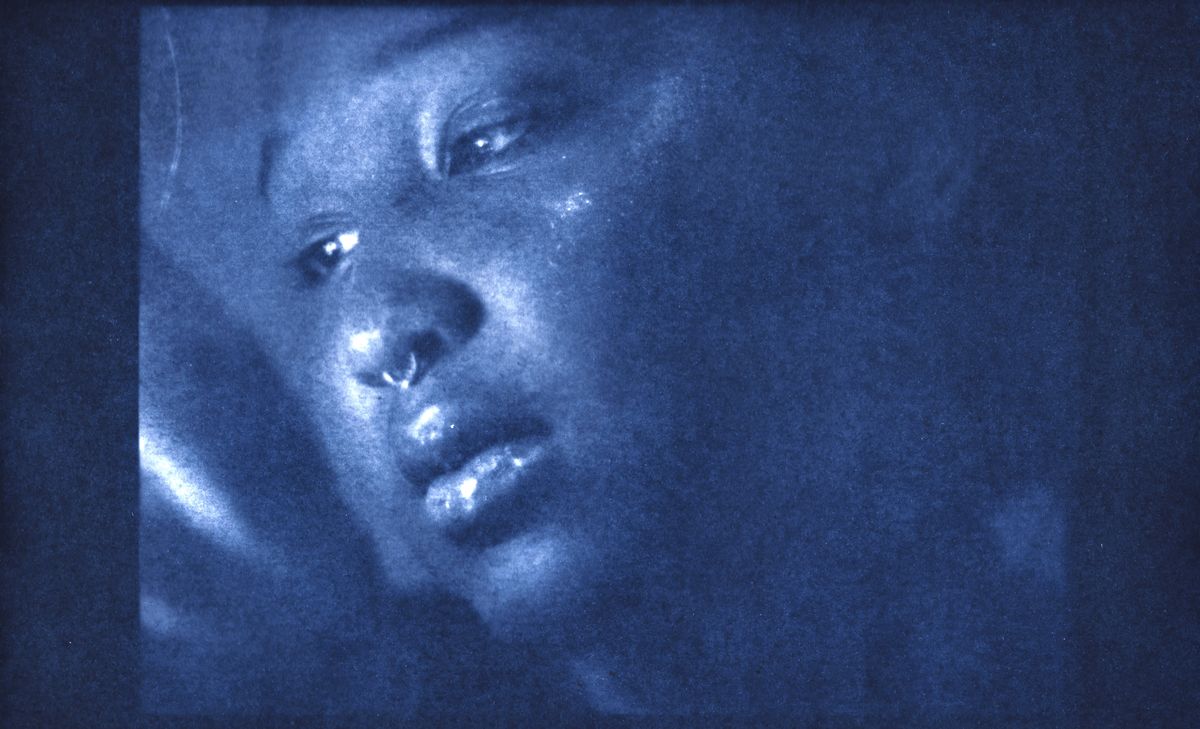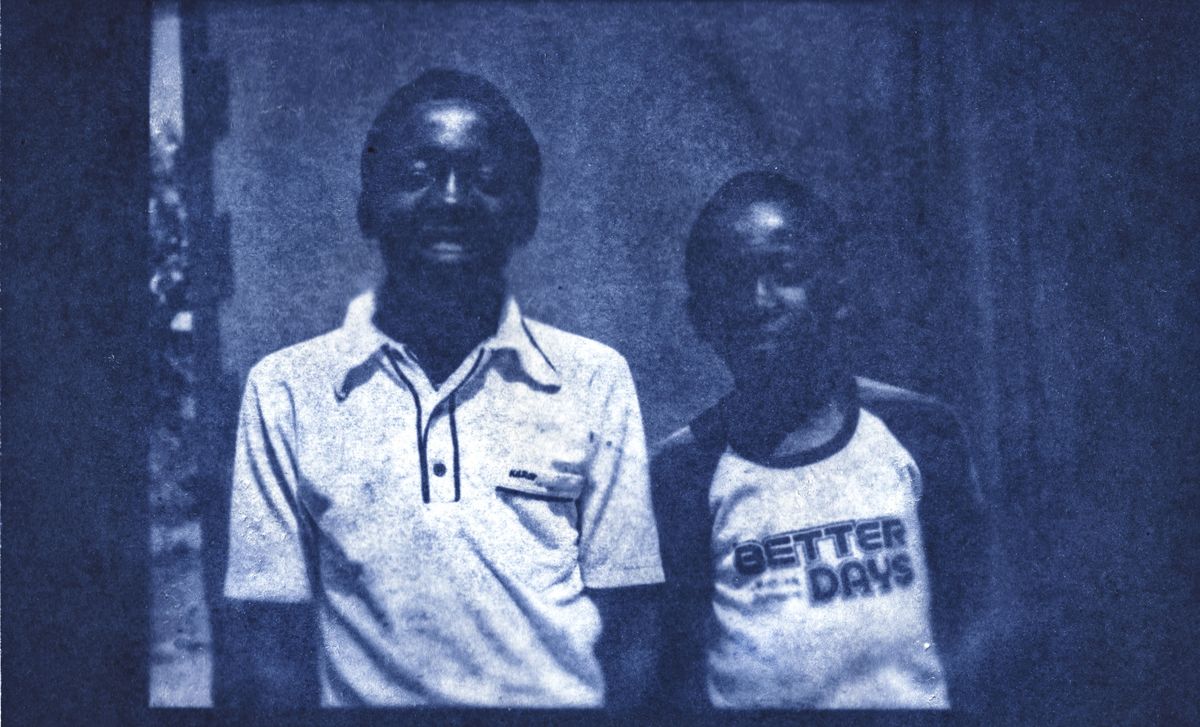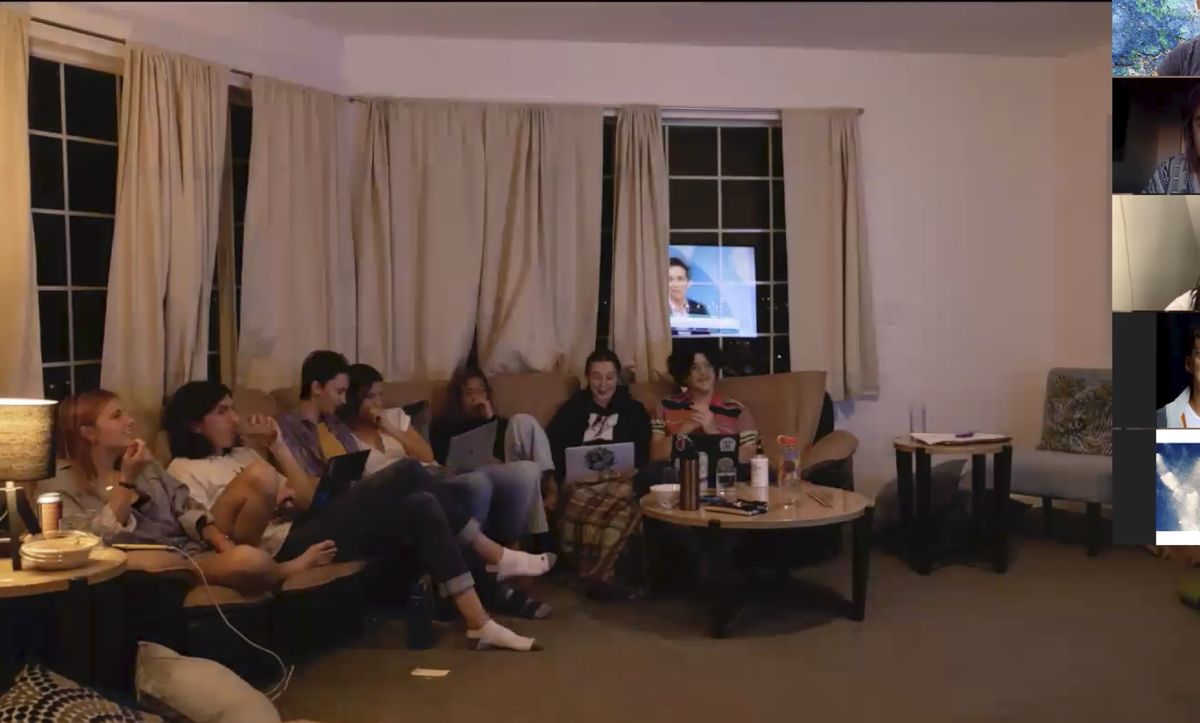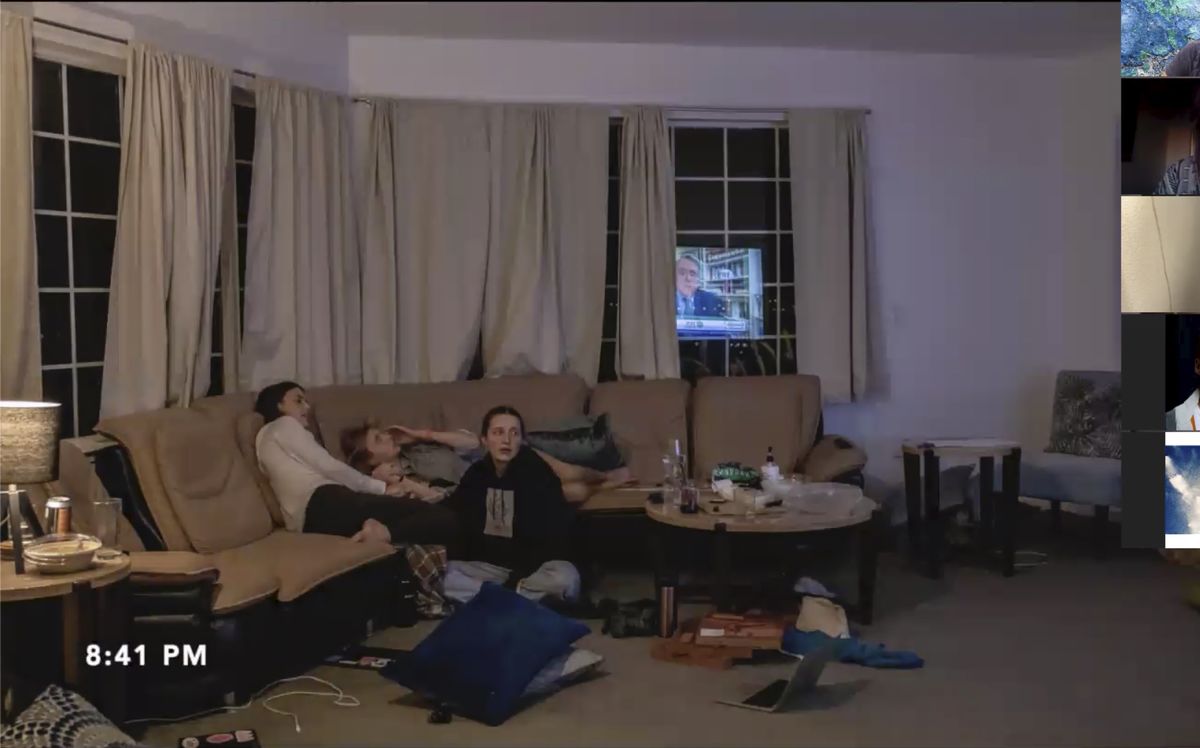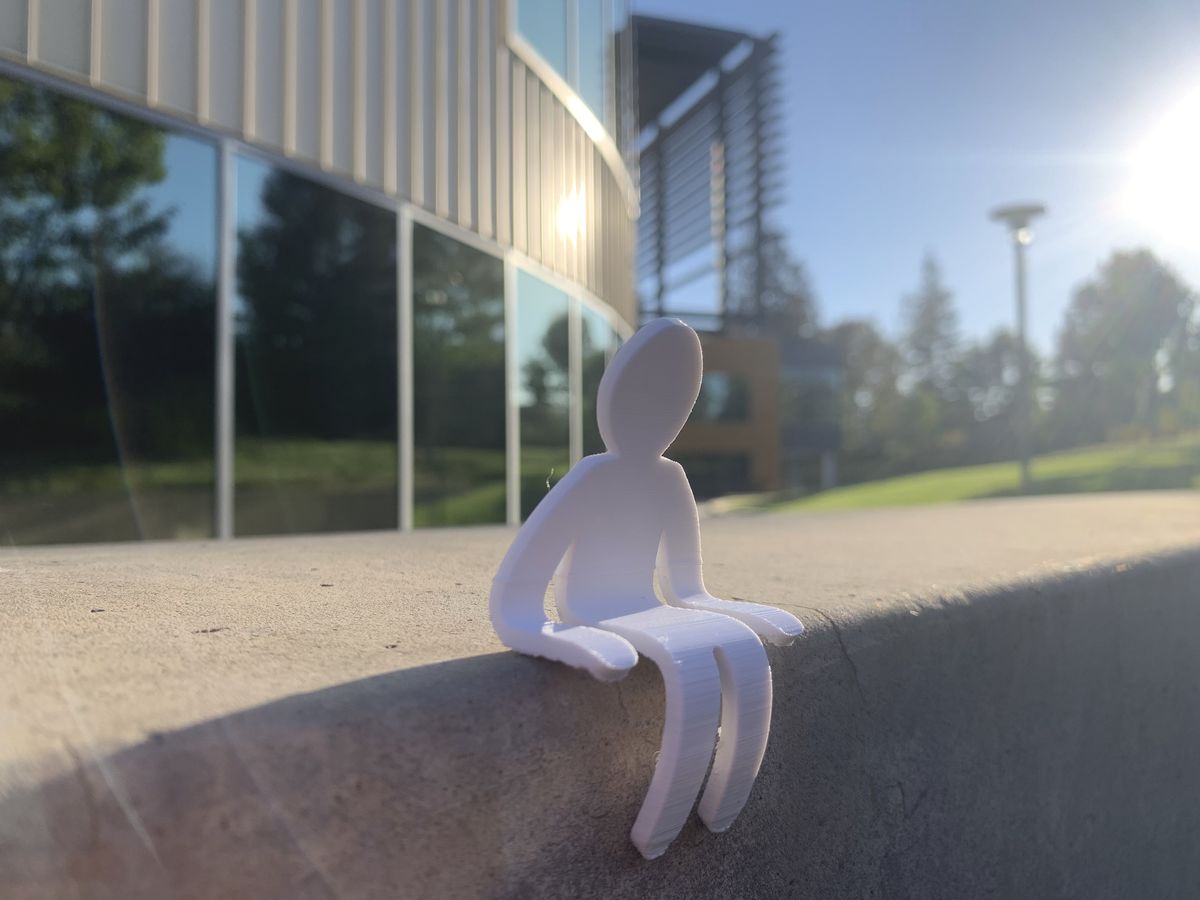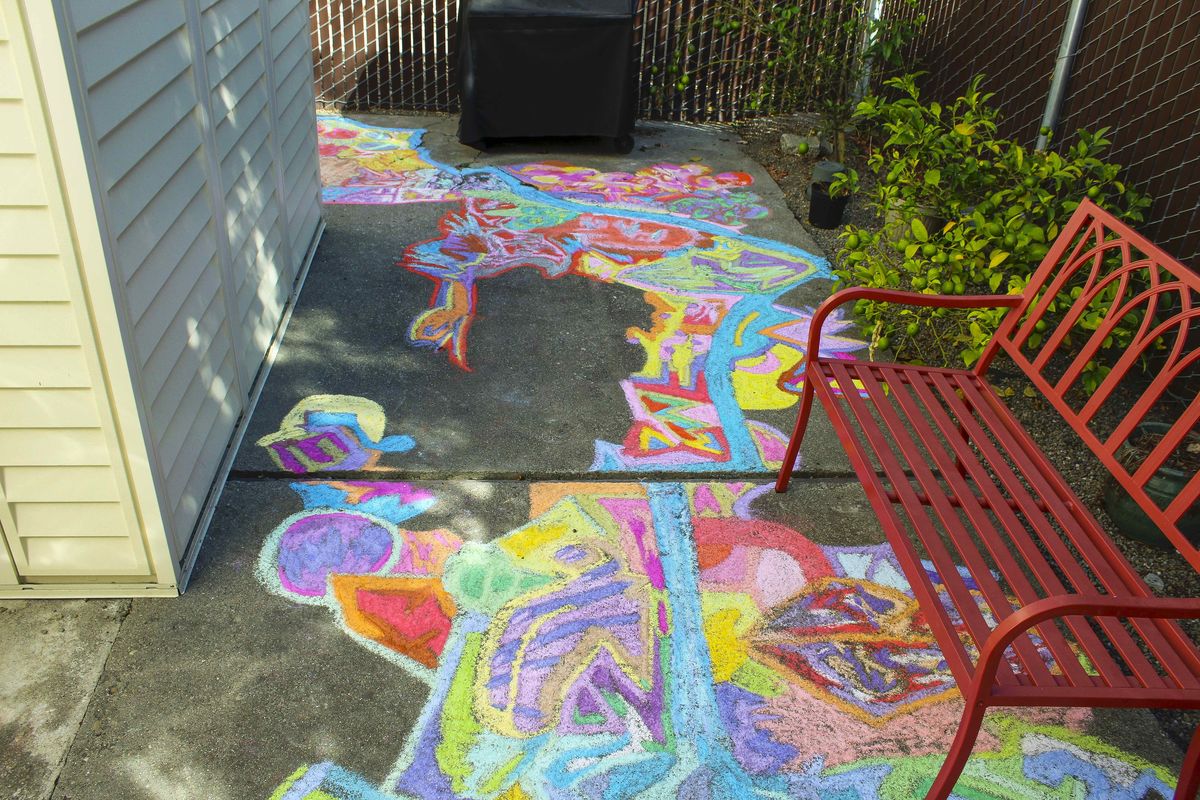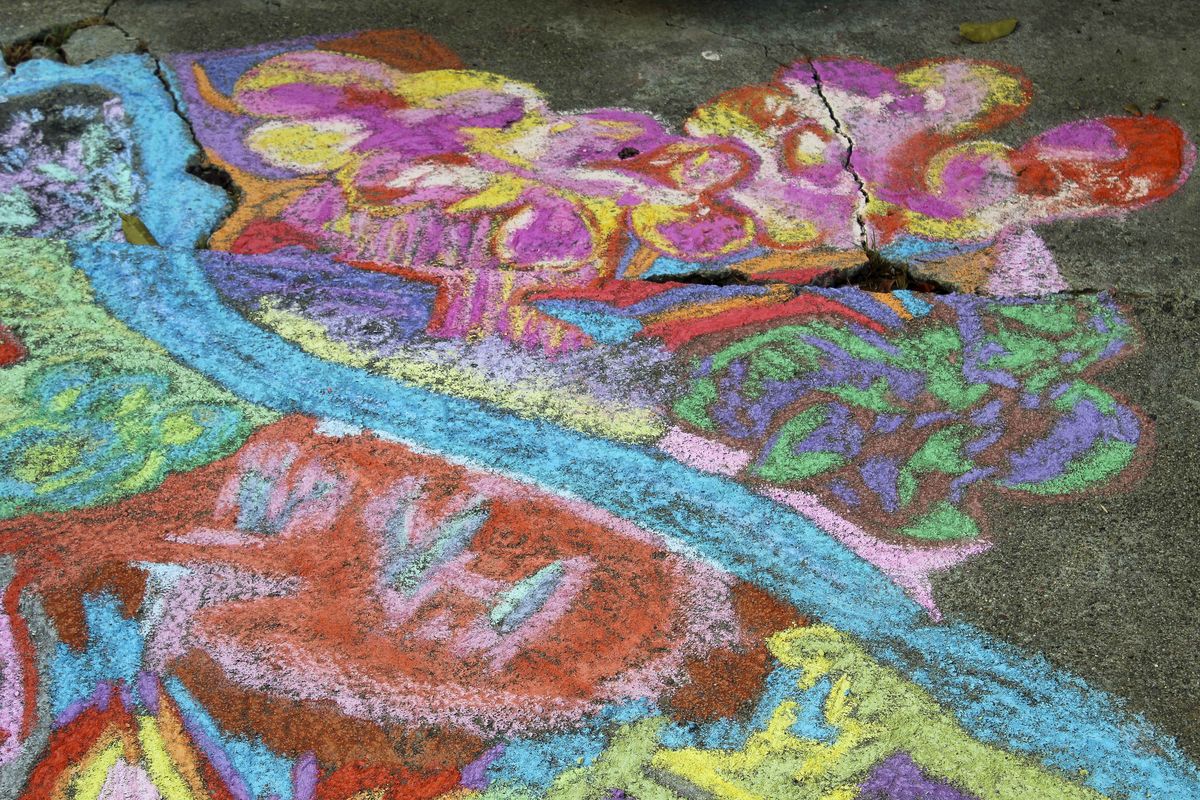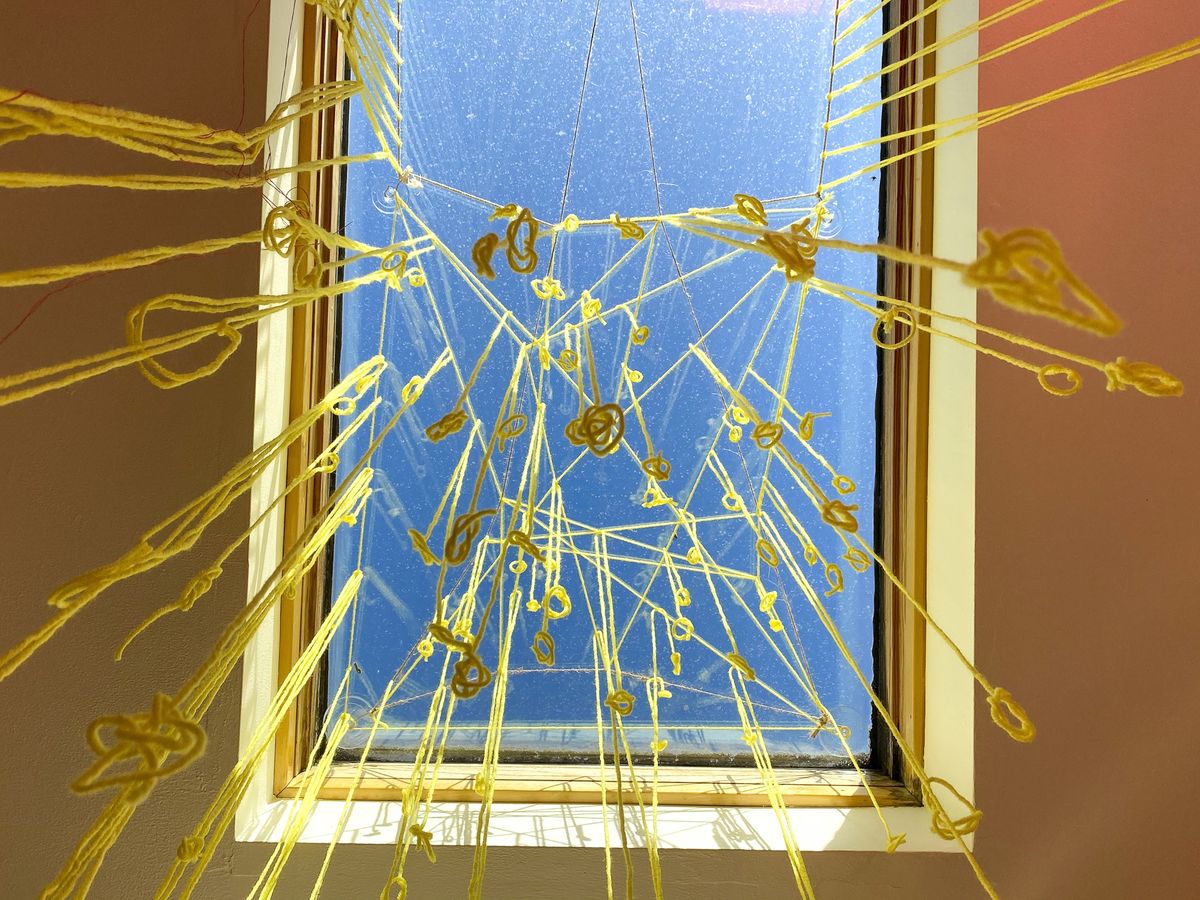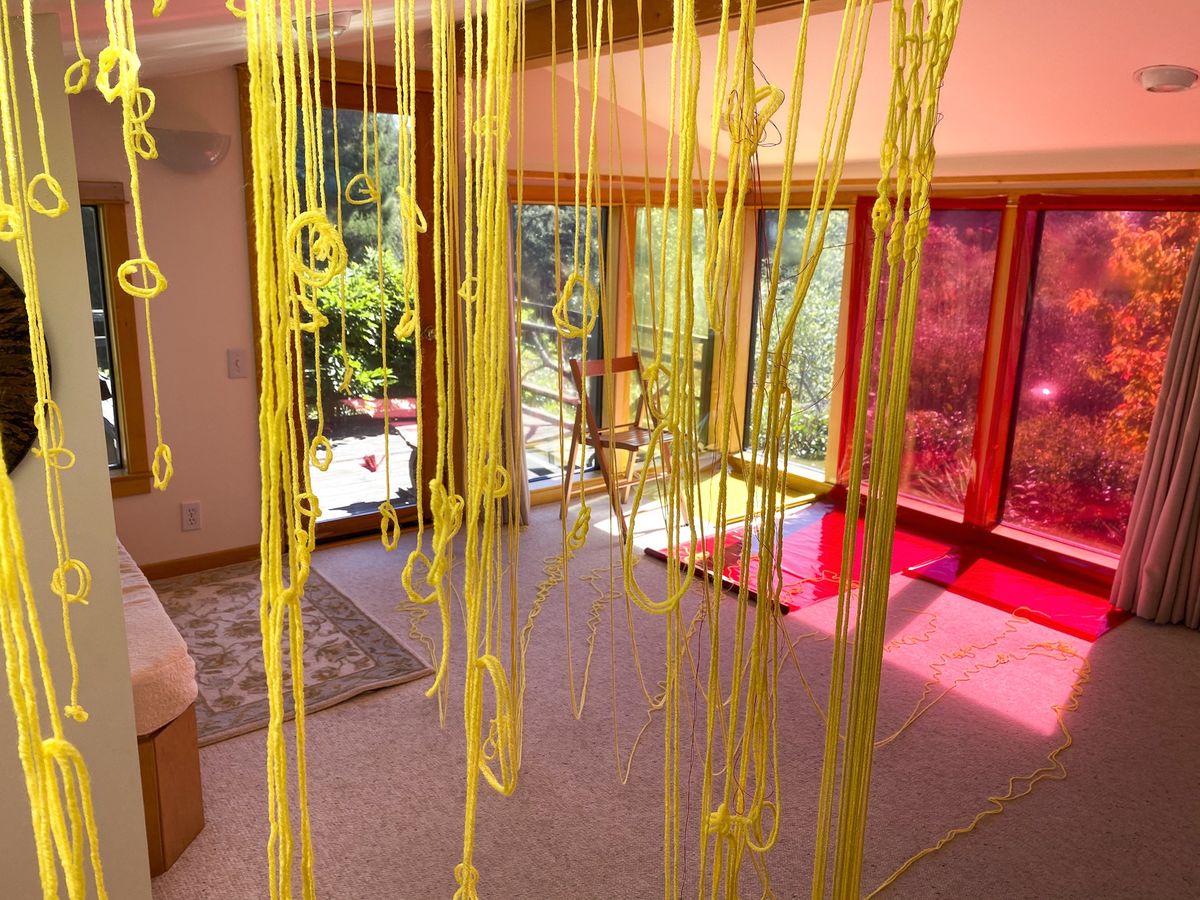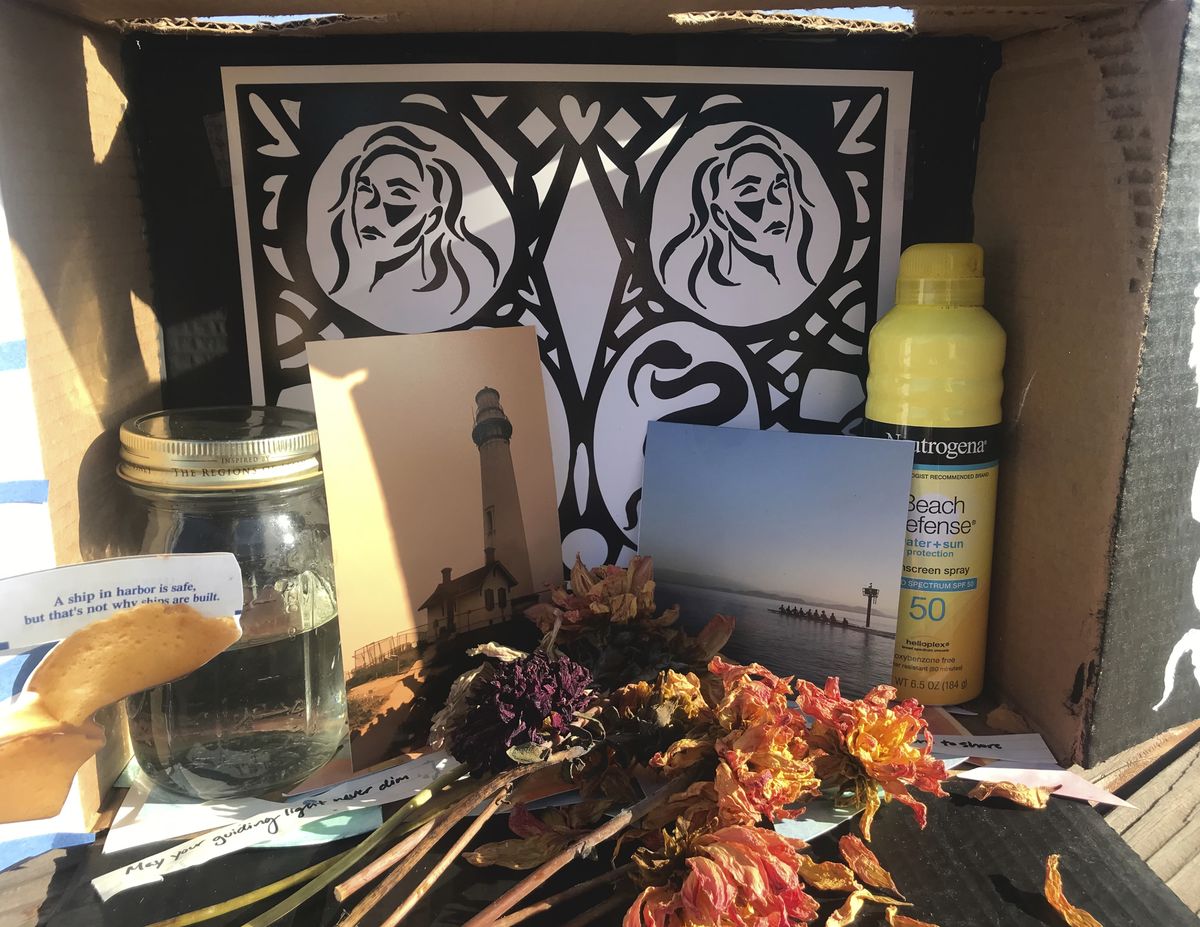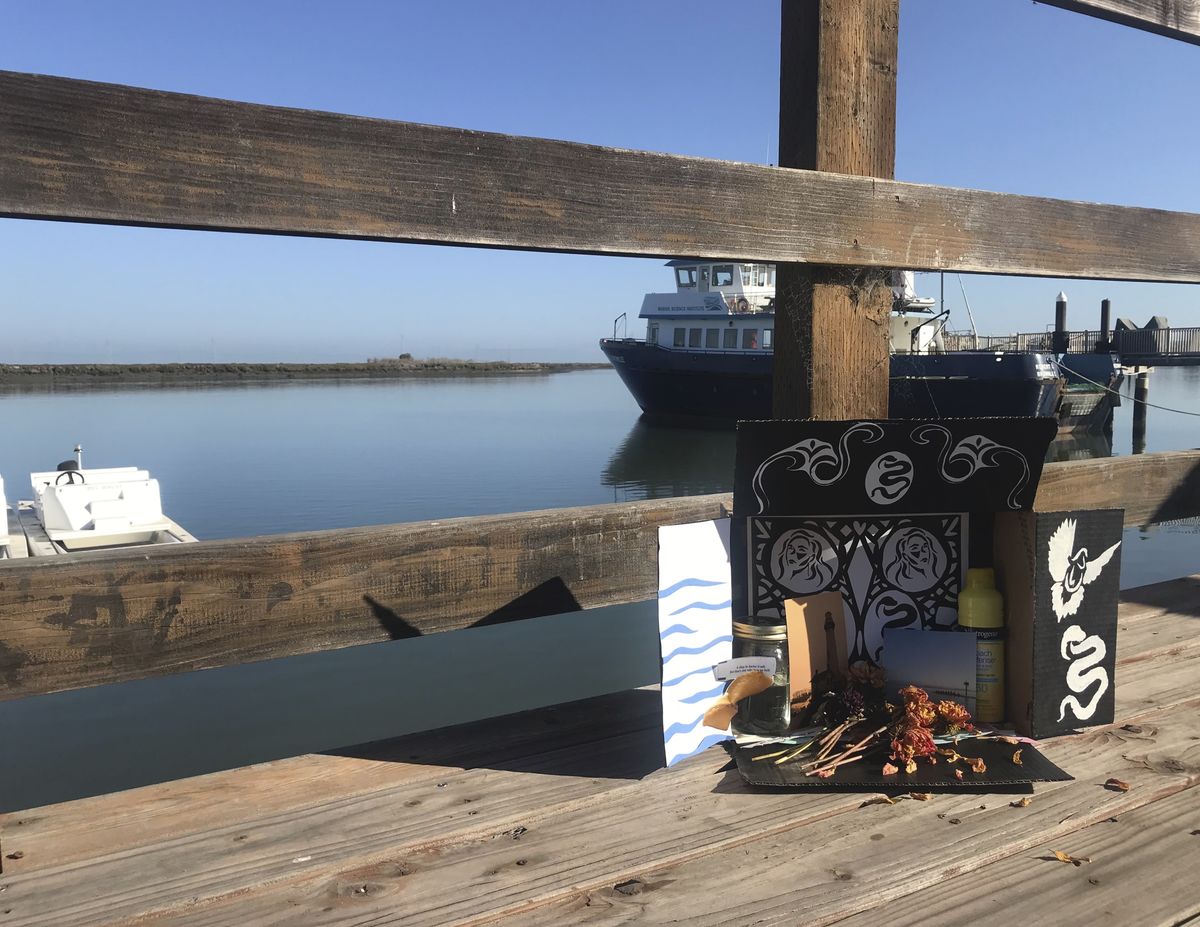Open Studios: Interdisciplinary
Constructing Color
Instructor: Gail Wight
Teaching Assistant: Amy Elkins
This hands-on contemporary art class addresses color through traditional, digital, and experimental mediums. Students learn to compose and communicate via color, experimenting with light, paint, code, context, and culture. In addition to exploring color as a powerful tool, students build personal palettes, learning to use color as an essential component in conceptualizing works of art. Students create numerous short color experiments, a personal reference notebook, and a final work of art in any medium. Each week, the class explores color through a specific medium. Demonstrations, discussion, and online resources are provided, facilitating weekly experiments that students will conduct on their own.
An Artist’s Life: Diverse Voices and Contexts
Instructors: Terry Berlier and Camille Utterback
Teaching Assistants: Liz Maelane and Krystal Ramirez
If you want to explore a career in the visual arts, perhaps leading to an Art Practice major or minor at Stanford, this course will demystify what it takes to live an artist’s life, while also helping you hone your voice and passion as an artist. If you chose to be an artist, how will you sustain yourself financially and spiritually on your own unique path? How do emerging artists create visibility for their work, or even create their own contexts? How do artists connect to and contribute to an artistic community that supports what they do? Sustaining a career as a visual artist takes entrepreneurship, creativity, and clarity about your goals, yet there are myriad possible ways to succeed and thrive as an artist which we will explore.
The class will consist of a series of studio projects, each centered around a different guest artist whose career and art practice we will study. The example artists will be primarily artists of color or artists from underrepresented communities in the art world, such as queer or trans artists, with careers ranging from the conventional to the more unusual. These artist selections model the possibilities of an art career for students who do not see themselves represented in the mainstream art world, while broadening all students’ understanding of the different methods for making work and practicing as an artist today.
Through four introductory studio projects, and a longer personal final project, this course will help you hone your artistic concerns through a wide range of media and contexts. We will work with drawing & sculptural media (using a kit of shipped materials), digital media, photography, video, performance, and conceptual themes like designing an “anti-monument” or honoring your spiritual ancestors. You will be asked to consider how your personal voice can be expressed through introspection, engagement with your own history, cultural subjectivities, and activism. You will also research and create and share an online presentation of an artist who inspires your work.
Dante Kirkman
Project 1: “We Won’t Go Back/The Emperor Has No Clothes”
The materials for this were found objects including flags, toys, candles and packaged foods. I wanted to use the moment of the 2020 election to create whatever my response was to this particular moment. The artwork depicts the election of Joe Biden (candles = “46”) in the context of Black history, showing past depictions of Blacks (Aunt Jemima, etc) and where we are today (LeBron, Venus). The Black mammies are inked and commenting on the America they know. These depictions are contrasted with white imagery on product packaging, ranging from toothpaste (“AdvanceWhite”) to notions of white purity (soap, baking soda) to Cracker Jacks. The toys depict Biden, Harris, Obama and Trump. The scene is enacted over a BLM flag, with American flags running through it. If this artwork were installed, it would be presented as an interactive experience where visitors are invited to rearrange and play with the toys and objects in the space, in order to express their own feelings about the subject matter. It would also be filmed in stop motion to enact the still narrative and possibly with music added to the concept as an additional element.
Dante Kirkman
Project 2: “Black Hair Celebration”
In “Black Hair Celebration” I draw on themes of Black pride and exceptionalism by joyously centering cultural elements that are unique and important to Black folk, namely our hair styles and hair textures, and our cultural hair head wrap, the durag. I create this as an act of empowerment as a Black person from a Black-owned durag vendor. These things undeniably belong to us and seem more resistant to cultural appropriation. In celebrating them it elevates the spirit and invites the viewer of any background to appreciate our cool ways. I use a bright color palette and a pop-art style, with Basquiat primitivism. It also invites them to consider cultural adornments as artworks of self-expression, where marginalized peoples have just their own voice, movements and personal style to enact their cultural traditions. I also like the idea that the hair is printed on the durag, because it can be taken to imply that no you can’t touch my hair, but you are free to enjoy its cool all day long.
Aaliyah Webster
Project 1: “The Nikigator, Among Other Reasons to Wake Up in the Morning ”
Includes scans of iridescent plastic, pressed large bindweed and a candy box along with found family footage, and digital illustration. Ideally this would be shown on a gallery wall so that the small figures are closer in size to a series of crayon drawings.
Aaliyah Webster
Project 2: “Flower of Life”
When encountering grand sights in nature like giant redwood trees, I often think about how their physical forms have been a witness to the energy around them for decades. I wanted to recreate that feeling while allowing an audience to be cognizant of the energy they leave behind. Creating a structure with placements for human hands allowed me to imagine a form where one could bear witness to natural forms by interacting with the crystals embedded in resin and simultaneously leave their own energy. When pressed on, each of the four pedestal sets would produce a chord tone. This allows the sculpture to function as a giant singing crystal bowl. I would hope that the combination of sound, touch, and connection to others participating in the circle would cultivate a sense of healing and heightened awareness prior to entering the museum.
Mahira Jethwani
Project 1: “Repeat”
This piece is composed of two wooden boxes that I found, one 2ft x 1.5ft (with the black and white hand, charcoal) and one 1.7ft x 1.7ft (multi-color hand, oil pastel), connected by 2.5ft x 2.3ft of crochet (4 different types of yarn). Yarn has the ability to become anything, if the controller’s hands have the right instructions, and are willing to repeat the motions, a ball of string can become beautiful and purposeful. I wanted to explore the capabilities of crochet through this piece while paying respect to hands and their abilities that we often take for granted. The repetitive motion of crochet, which I tried to capture in the video, is meditative for me. The feel of the yarn gliding between my fingers and the concentration it takes to make sure I follow the right pattern makes me feel at peace. To me, this also holds special meaning, as my Grandma was extremely pleased when I told her that I had learnt the art of crochet, so it reminds me of her love. To me, the black and white to color transition represents the love I felt once I learnt but also how crochet allows me to reflect, bringing light and color into my life.
Mahira Jethwani
Project 2: “Devi”
After researching, I found out about this Hindu Goddess, Goddess Durga. She is the Goddess of War, and has 10 arms, each with a different weapon. I think it could communicate the powers that women have. Although she has physical strength, her mental strength is incomparable. She was created by all the male Gods, with the sole purpose of killing a demon. She took a little part of all of them and became this one-woman army. In the voice-over, I could describe her actual powers – such as the power of transformation- and apply this to how women have this power in our real world. Another example would be her duality, she is considered equal amounts creator as destroyer, fierce and compassionate, and our duality of purpose should also be treasured.
Adaeze Chukwuka
Project 1: “What Do Angels Look Like? ”
For this concept, I wanted to explore the idea of European Christianity. Growing up--even though I believed in them--I could never relate to the common depictions of figures in Christianity because none of them looked like me. As I grew up and learned about other religions and beliefs, I also wanted to find a way to integrate them into my Christian beliefs. So for this piece, I wanted to make an animated video of common depictions of angels in Christianity (cherubs and white women) but in a way that best comforts me. I was thinking of incorporating features of beings and characters that have comforted and guided me through my life: the pot-belly of my grandmother, the red beads of my Nigerian aunts and uncles, and the canes of the old women at church that give me advice every Sunday. I wanted the video to be reminiscent of a segment on a children’s show to reflect how I’d wonder about and explore these ideas as a kid. I think it would take a more humorous approach, and I’d have my younger brother narrate it.
Marsela Porras
Project 1: “Untitled”
Project 2: “El gayguense y el machoe raton”
El gayguense y el machoe raton is a satirical take on el gueguense y el macho raton, part of Nicaraguan culture. The garish design of the bandana is flamboyant and tacky. Through the implementation of the design as a handkerchief there is a play on the hanky code, part of American gay culture.I am hoping to play with concepts of coding/hiding — this is a piece that people in the US would perhaps understand as play on the hanky code, but wouldn’t understand the Nicaraguan iconography. People in Nicaragua would likely identify the cultural symbolism but not the reference to US queer culture. Ideally, it would be displayed on a body. The hanky code to me means very little when hung up on a wall, rather it means much more when displayed on a queer person.
Thomas Escudero
Project 2: “Wearing Me”
This piece is supposed to represent the duality of who I can be and who I have been for a long time. Before coming out to my parents, I had to “act straight” in front of them and the rest of my family. When approaching new settings, I used to de-feminize myself so that I would appear less ‘gay’, as being a feminine man was seen negatively by my family, and therefore by myself. This piece represents the point in my life where I felt a split, like I was in the middle of two identities. On one end, I felt I could be free and be myself with close friends who knew my sexuality and accepted me wholly for who I was. While, on the other end, I had to put a persona of what I thought “straightness” looked like, which was a lie that was hard to maintain.
I purposely chose my female friend to model the shorts for me. One reason is because it de stigmatizes the idea of wearing clothes of the opposite gender, since these shorts were tailored after “boy” shorts.
I also wanted someone other than myself to wear the garment. This way, it is like I am showing and giving myself to the world and to others. In a technical way, others are “wearing me” when they wear this piece, as it was handmade by myself to represent myself. Someone else wearing my clothes puts them, quite literally, in my ‘shoes’ (or ‘shorts’). And, wearing the shorts in public means they are showing my message to the world.
Nathaniel Mensah, Project 2: “Lacrimosa”
Exploration of music and its effect on us. A piece in two parts, each part with a different style/ genre of music. Step in paint and then listen to the song and dance/react to it, then record the pattern created.
Interdisciplinary Survey
Instructor: Sarah Peck
This course is designed to develop diversity of concepts and strategies within the student's artistic practice. The course includes a survey of artists using different media taught in the department's studio program such as painting, drawing, video and digital art, printmaking, photography, and sculpture. This seminar-style class seeks to expand the artistic practice outside of traditional media boundaries and focuses on the translation of concepts across various media.
